Buenos Aires Tourism Information

The biggest city in Argentina by size and population, Buenos Aires, is the government centre and is divided in many districts. Each district having its own character, highlights and points of interest for both visitors and locals.
The city is full of culture, open green spaces and entertainment. It has some spectacular monuments and buildings famous for its history and architecture.
Buenos Aires shows two very different faces during day and night. Days can be enjoyed travelling to the different districts and exploring the cultural options, whilst during the evenings and nights, the city transforms into a live stage, specially in the Summer. With many theatres, restaurants and Tango performances offering a wide range of entertainment activities, often in the open air of the streets!
Buenos Aires has its own charm, and full of surprises as you travel around. Many travellers compare it to Madrid in the 1980's for its resemblance in architecture but with a modern contemporary twist.
I'm recent years, the capital has undergone a huge redevelopment in order to meet international demands and become a contemporary, modern, green and open city. New skyscraper towers, forming their own districts, improved road accesses, open green parks and reserves where to walk around or do sports, together with an improved transport infrastructure which joins all the districts together, makes for an exciting city with so much to offer.
Buenos Aires is located in the southern hemisphere so it has opposite seasons to Europe. The hottest months being December to February, with temperatures reaching well beyond 35°C, with a drier climate, making it hard to do tourism and walking around the capital. The reason is that Buenos Aires is on the edge to Rio de la Plata so it's often more dry than humid.
The colder months during June to September are on average as little as 10°C, it can often rain in Buenos Aires and when it does it can be long days with non stop rain. Recommended months to visit are from September to November and from March to May when more comfortable 20°C can be expected.
- When arriving to Buenos Aires Ezeiza (EZE) airport you have two main cheap options in getting to the city centre. First, taking local bus 8, which stops 5 min walk from the arrivals terminal. It has an average journey time of 2 hours. But the cost of the ticket is less than €1. Second option is to take Tienda Leon, an express coach company that departs every 30 minutes to the centre and it costs 440 Pesos (€8) for a 50 min trip. This might the best solution if you are travelling with lots of luggage. Taxis to the city centre cost about €25 but make sure you get official taxi drivers as many locals will try to encourage you for a "taxi service" but they have no guarantee of being genuine.
- If arriving to Jorge Newbery airport, known as Aeroparque, take Colectivo Bus number 59 or 45 for a trip of 45 minutes to the heart of the city at El Obelisco. (Cost €0.40) Alternatively Colectivo Bus number 33 to Puerto Madero or Boca neighborhood.
Some travellers might opt to arrive to Buenos Aires by long-distance bus. These connect the capital with many cities and towns across the country. It is also possible to connect with international bus services, mainly direct from Montevideo, Asuncion, Santiago de Chile, Lima or La Paz. Most busses will arrive at the main station at Retiro station, called "Estacion de Omnibus". Here you can connect to Subte (metro)or local busses. For timetables and fares travelling by long distance bus check the following websites: Plataforma10 and Ticketonline.
Lastly, another option to arrive to Buenos Aires (or depart) is by ferry. International trips can be made from Uruguay and Brazil. For more info check BuqueBus.or Seacat-Colonia.
Once in the city centre, Buenos Aires has a very large public transport system. The Metro system is called Subte, and has 6 lines. It is one of the oldest metro systems in the world, opening for the first time in 1913, this can be noticed in its stations and some trains. However, many stations and trains are currently being updated. You can buy single tickets or use an E-card called "la Sube" which you load money onto. You can buy this card in local newsagents or at the official Sube-shop.There are currently no travel cards or passes to save money for unlimited usage. However, if you interchange between Subte (metro), trains or busses, there are discounts.
When travelling longer distances it's a good idea to take the Subte, to save time as local busses tend to be much slower , specially trains are very crowded at peak times and without air conditioning. The hours of operation for the Subte range from 4.30am to 11.30pm.
Buenos Aires also counts with a national train system which connects different districts of the outskirts. Trains are reliable, punctual and cheap, however, they often get very crowded and many sellers are on board trying to sell all kind of products. They also accept the E-card Sube.
For more information check the following website, "Trenes De Buenos Aires", with timetables fares.
✔️Tip: Taking the local train is cheaper than taking the local busses in Buenos Aires. If you are travelling to the outskirts, then not only you will save money, but also time, as they are faster and more comfortable, with recently introduced new cars. (2019).
❗Attention: Because of the price, many people will take the train making it very crowded, specially before 10am and after 4pm. Also be advised to take care of your belongings as train stations and trains are used by the lower classes and often pickpockets.
Below you will find the map for the Subte-metro available to download:
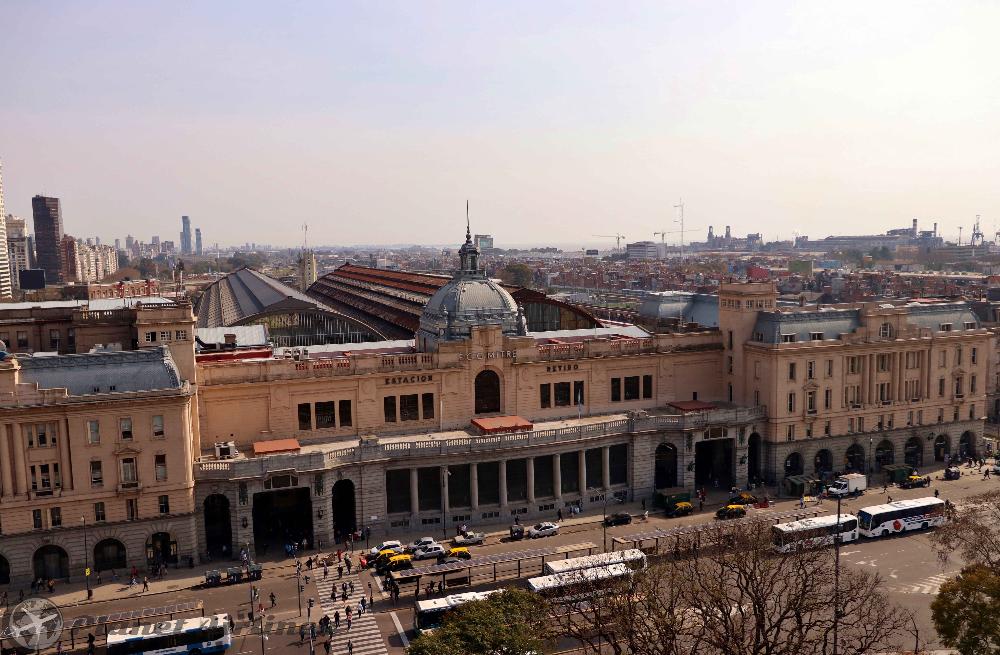
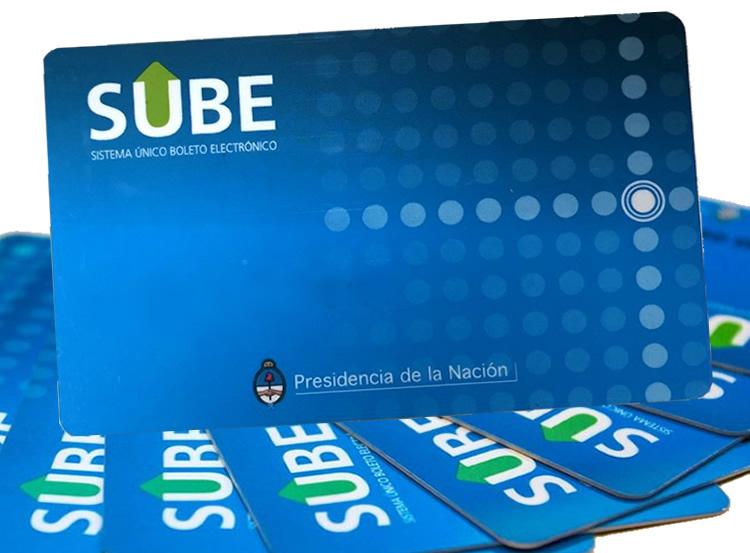
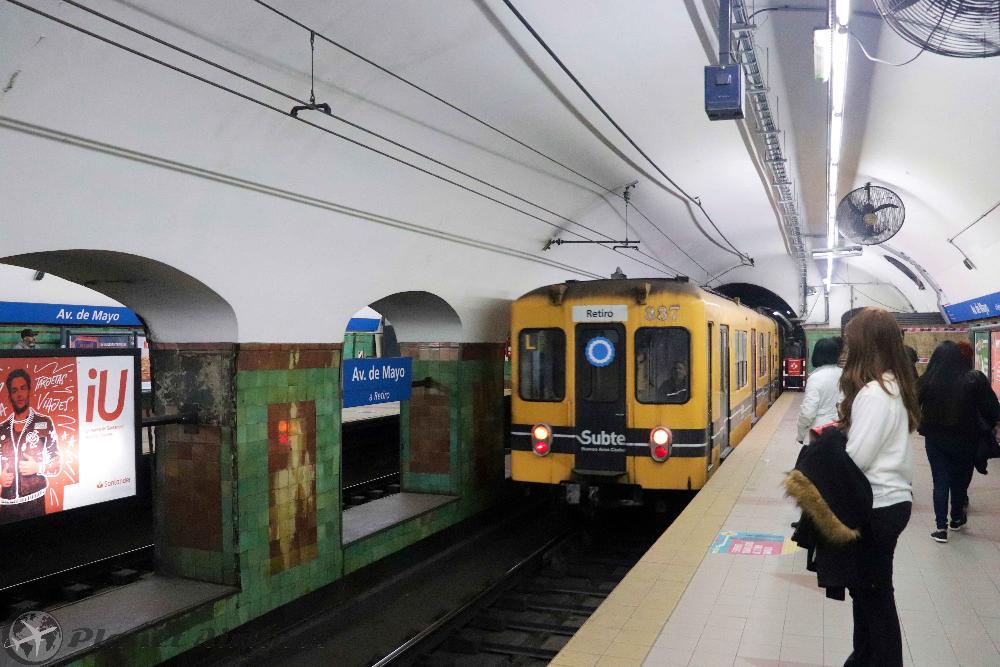
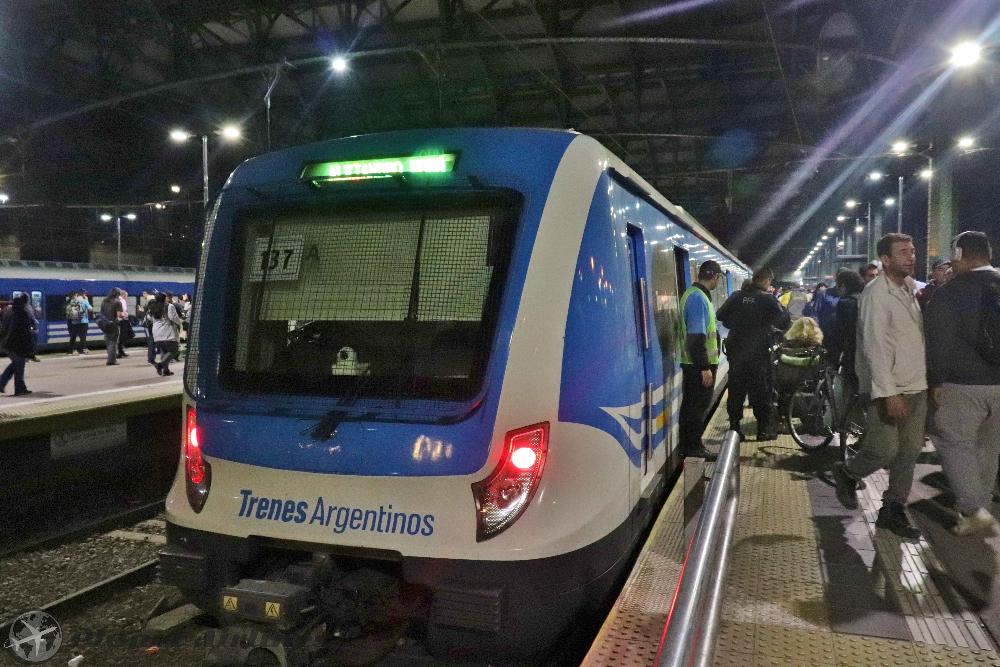
Buenos Aires most popular transportation mode is the bus, known as Colectivos. They are run by many different companies, but fortunately you can use the same Sube card on all of them, including local busses to the airports.(be aware only Sube cards are accepted,no cash fare). The fares range depending on distance travelled, from 18 to 40 Pesos, as of 2019. Note that if you take more than one bus, in a day, the second bus will be a 30% discount fare and then third or more busses will be 50% discount fare.
When taking colectivos, tell the driver your destination or mention the value of the fare, if you know it, and then touch your card on the yellow reader. When getting off, be sure to warn the driver in advance by pressing the red buttons close to the exit doors. Buses can travel fast and jump stops at times.
Most lines operate 24 hours. But note some of them can change itinerary during the night or offer an express service via the highway at selected times of the day.
✔️Tip: Bus 152 is ideal from a Tourist point of view, spending only 20 Pesos (€0.40), it takes you to places like Boca, Puerto Madero, Retiro, Recoleta and Palermo. For more information, routes,bus numbers and a trip planner tool, check the following useful website:



Buenos Aires has several worth attractions not to miss on your visit. Most sightseeing is best done by day, for safety reasons, and walking is the best mode of transport in this intriguing city, although to see many of the sights of the "centro" (center) you will need to get on a local bus or take the subte metro.
Some examples include the Cementerio de la Recoleta, home to the tomb of Eva Perón, the actress married to Argentina's President Juan Perón and subject of the musical Evita, or wander under the magnificent facades of the downtown area, favourable for its marvellous old European buildings. Walk, shop and enjoy a stylish coffee in the long promenade in Palermo and stroll through the beautiful flower gardens.
Palermo Viejo district, is a charming place by its cobblestone streets, bookstores, bars and boutiques. At the weekend, head to exploring the Caminito pedestrian street's arts and crafts in La Boca. Enjoy watching tango dancers in the streets or take double deck a tour.
Weekends are also great to visit the Sunday market at San Telmo, try authentic argentinian food and search for antiques. Lastly, for a pleasant evening why don't you visit the "Centro Cultural Kirchner", which offers concerts and exhibitions of all classes. Many times you can even get in for free!
Because there is so much to see in Buenos Aires, and the city is so large, we have divided this section into districts.
Below this section you can find the "Buenos Aires districts and major sights" tabs which give more detailed information of each district and how to get there.
There a couple of interesting places which are well connected to Buenos Aires city, but are actually well a bit far by distance. However, thanks to the trains they are easily to visit as a day trip. These are Tigre and La Plata. Read below for more information.
❗Attention: Travellers should not confuse "La Plata" with "Mar del Plata". Mar del Plata is located 404 km south of Buenos Aires city, and it is the main tourist destination of Argentina. Whilst the city of La Plata is only 60 Km away.
- Tigre: A pretty town located in the outskirts of Buenos Aires.Tigre sits on an island created by several small streams and rivers.The area's name comes from the tigers or jaguars that were hunted there, in its early years. Antiques shops, riverside restaurants and pubs, Parque de la Costa, an amusement park, The Naval Museum and its renowned natural beauty make Tigre a popular tourist destination. a popular tourist destination.
Commuter speedboats and motorboats are the favourite way to travel through its web of interconnecting rivers and streams available to locals and tourists. English-style rowing clubs, humble dwellings and elegant mansions are to be seen, as well as small pensions and upscale lodges, restaurants, tea-houses and even picnic sites! Taking the boat around the canals takes around 1 hour and costs 250 Pesos. Note that there are also services which operate to Carmelo in Uruguay, for more information you can enquire at this location: Estacion Fluvial Internacional Tigre 📍.
To get to Tigre, simply take Bus Colectivo 60 from the Congress Building or a train from Retiro Station.Busses are 2 hours long whilst the train is just under 1 hour. Both cost only €0.40!

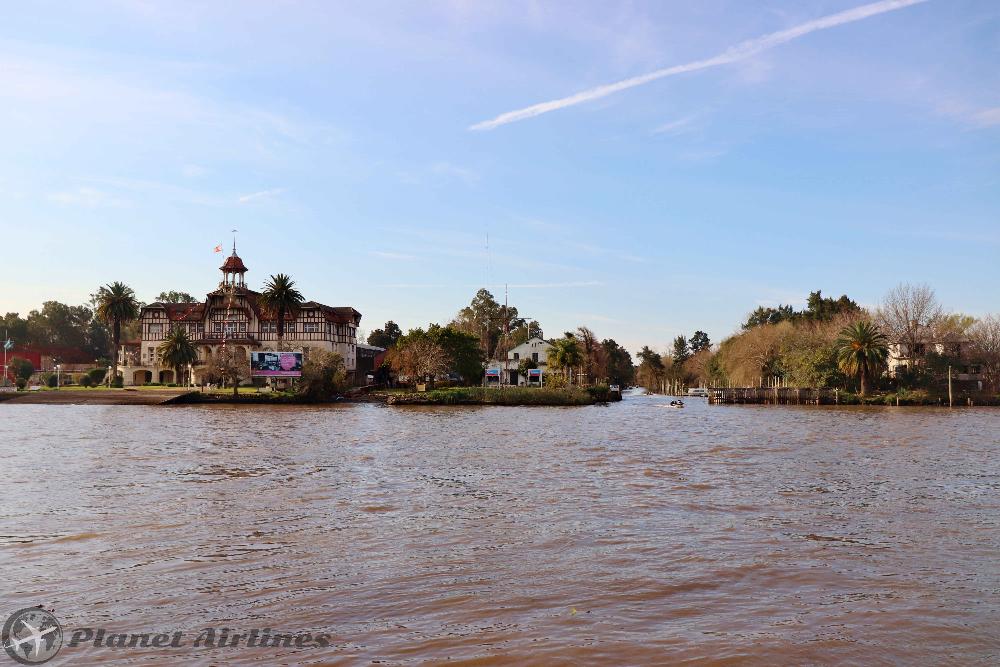
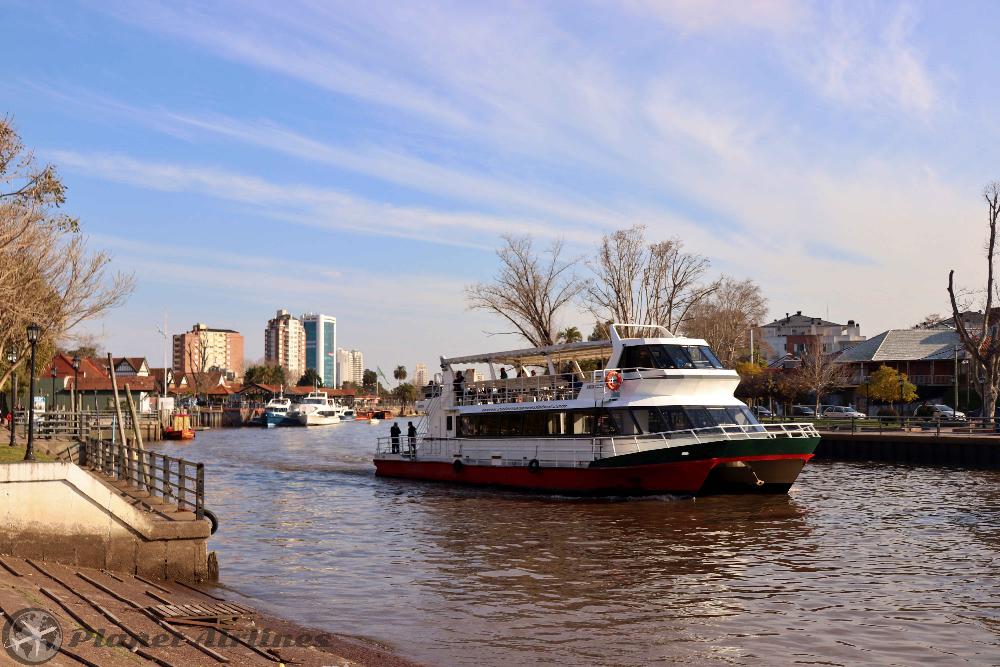
Tigre Photoshow:
- La Plata: The first thing that travellers will notice in La Plata, is its organised streets by numbers and octogonal layout. A planned city, it’s known for the open square at Plaza Moreno and crowned by the grand, neo-Gothic Cathedral of La Plata. Also on the plaza is the Palacio Municipal, built in German Renaissance style. A curiosity of this location, is that it is the capital of Argentina’s most important Province and seat of its government. (not to be confused that the capital of Argentina is Buenos Aires). La Plata has three very prestigious universities and a rich cultural history, a place where ideas are debated and scientific research takes place. Also important is La Plata Museum, which has a vast collection of natural-history exhibits, but nothing related to the cities history, as its name would suggest.
Getting to La Plata is easy from Buenos Aires with frequent travel options. From Retiro station you can take bus 129, which leaves from Gustavo Martínez Zuviría street nearby. Busses take over one hour if taking the express bus along the highway or 2 hours if taking the local one. (Prices for the bus is 114 Pesos). Another option is to take the train from Plaza Constitucion, it's only 13 Pesos and takes over one hour. Both stations are near the centre and you can comfortably walk around La Plata, without the need of taking extra transport.
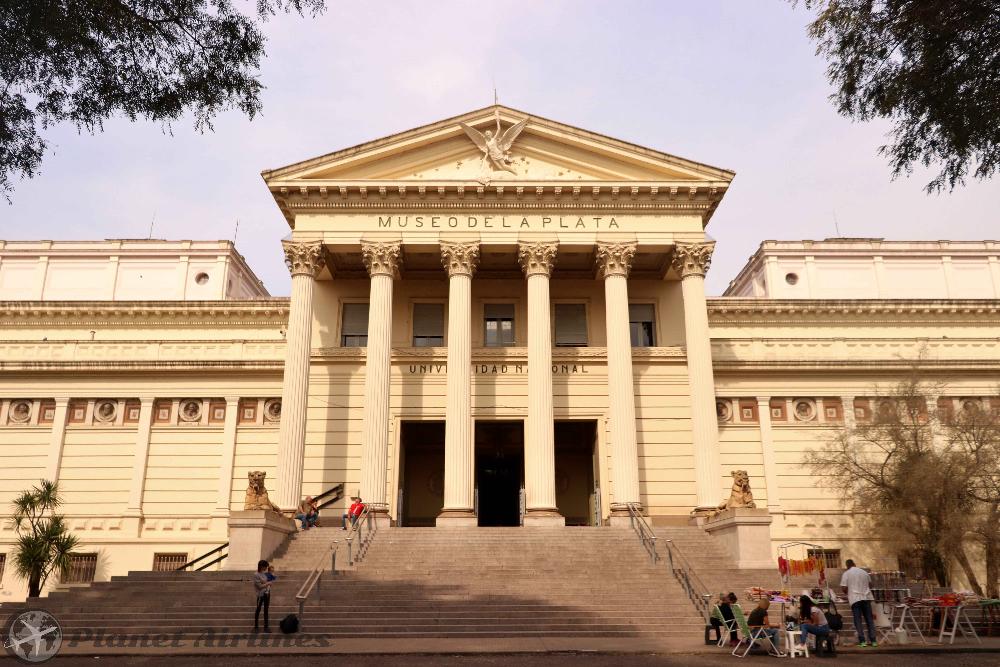
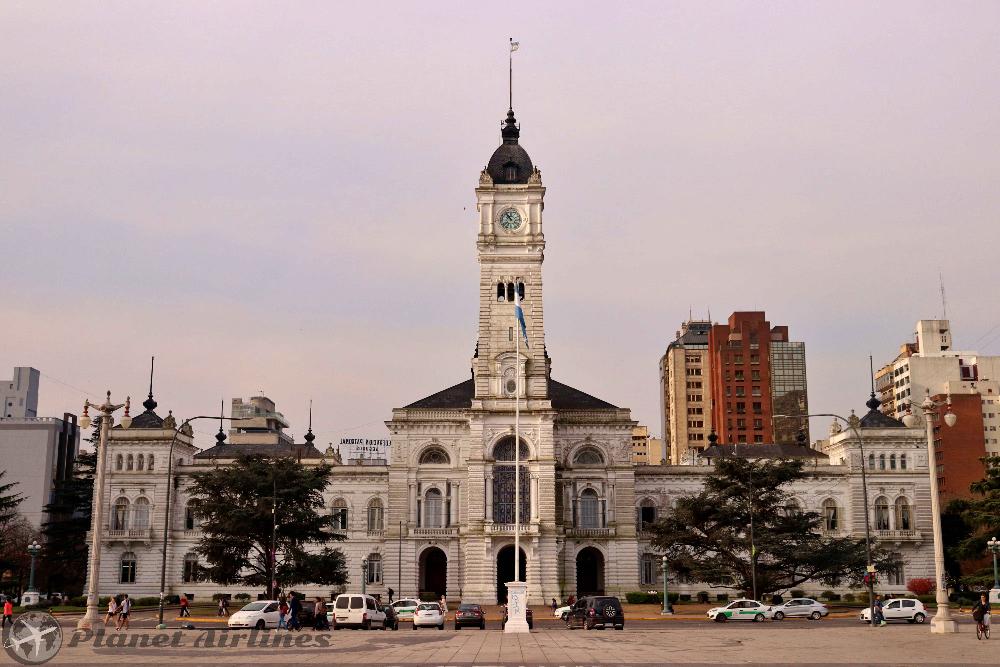
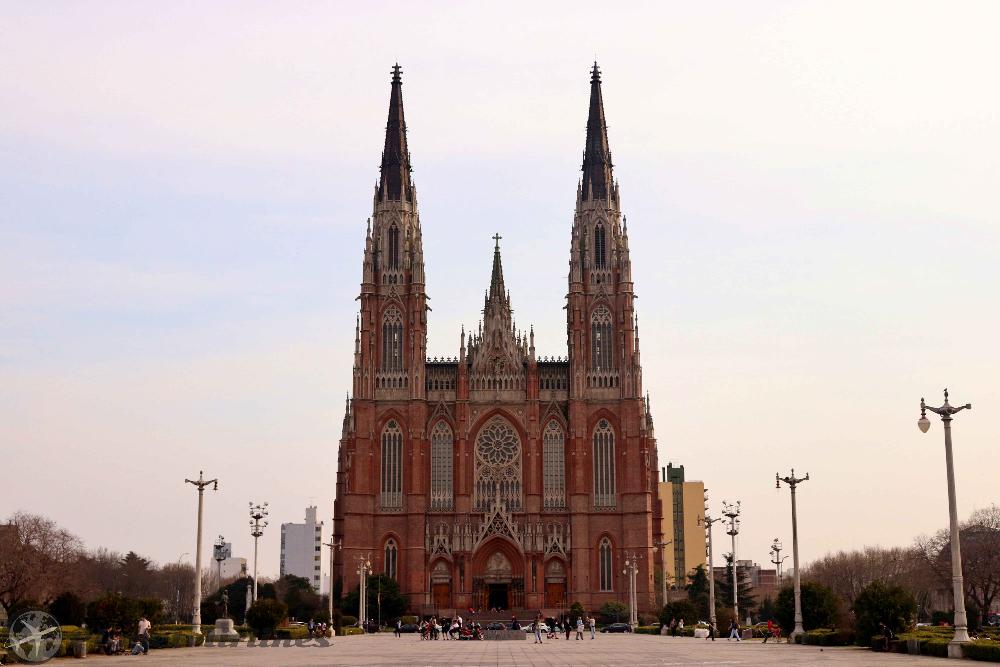
Buenos Aires offers a wide range of nightlife entertainment from cultural venues like theatres and concerts to local tango bars and late night clubs. The city is famed for its huge selection of trendy clubs, fashionable music bars and attractive restaurants, it's no wonder the city of Buenos Aires never sleeps.
In typical Latin fashion, dinner is eaten late, usually between 10pm and 11pm, so clubs only really get going at around 2am. Puerto Madero, near the Casa Rosada, is popular with tourists and expats and is considered safe during the day and at night. Recoleta, Palermo, and San Telmo are the trendiest neighbourhoods for dance clubs and all the hippest locals can be found. It is common that once the party starts in Buenos Aires, you do not return well after sunrise!
Culture lovers can also adore the arts and culture. There are plenty of Broadway-style hits can be found in both English and Spanish at most of the 30-odd professional and underground theatres in the San Telmo and Abasto neighbourhoods, as well as the major theatres located near to "El Obelisco".
🌈The gay scene in Buenos Aires is thriving and LGBT rights are widely accepted with freedom visibly seen on the streets. San Telmo and Palermo-Soho being the main strip catering to this market.
❗Attention: Nightlife in Buenos Aires is exciting and never ending, whatever day you're out! However, attention must be paid late at night, with petty crime and tourists often being scammed or tricked. It's important NEVER to wonder on empty streets at night. Stay in company if possible until you arrive to your accommodation and take official taxis or APP based taxis.
Also, note that gang groups and criminals on the street carry knives and other dangerous objects that can be used for extortion in exchange for belongings. Never try to fight back and report to the police if possible when seeing or have been victim of such crimes.
Buenos Aires offers a wealth of authentic local treasures, from fine leather goods found in Murillo Street to alfajores (traditional cake/cookies, often containing dulce de leche).
Florida Street and Lavalle Street are for pedestrians only. In the zona de calzados there are many shops that sell tango shoes, and the Palermo Viejo in Palermo has various shops that will appeal to young people. There are also numerous fairs and markets to be explored, including Recoleta Fair (located in the Francia Park) and the San Telmo market.
Shopping malls are a regular attraction and convenient shopping locations for many Porteños (people from the port). The most famous stores in Buenos Aires can be found in these vast malls, along with restaurants, cafés, arcades and movie theatres. Palermo Alto is one of those popular choices.
Popular Buenos Aires souvenirs include tango music, mate cups, leather goods and Argentine wine.
Staying in Buenos Aires is very easy thanks to lots of Hotels and Hostels, even Airbnb is popular here as well! However good quality Hotels can be expensive if staying central. If you choose non chain-hotels in the city centre you can find rooms for around €30-40 per night. Otherwise, the best option is to stay within 15-20 min walk to the city centre and close to bus routes or a Metro (Subte) station.
San Telmo is popular for budget accommodation with Hostels and cheap Hotels. However the best areas are located around Palermo and Recoleta, being both safe and pretty to stay and hang out. Restaurants,bars,clubs and popular commercial streets are all in hand in the area with very good transport links.
If staying for a week or more, it's highly recommended you rent a flat. It will be cheaper than a hostel and you will have full access to amenities.
Best places to find flat deals are on Airbnb and 4rentArgentina. A week in Buenos Aires in a flat can cost around €100 per week.
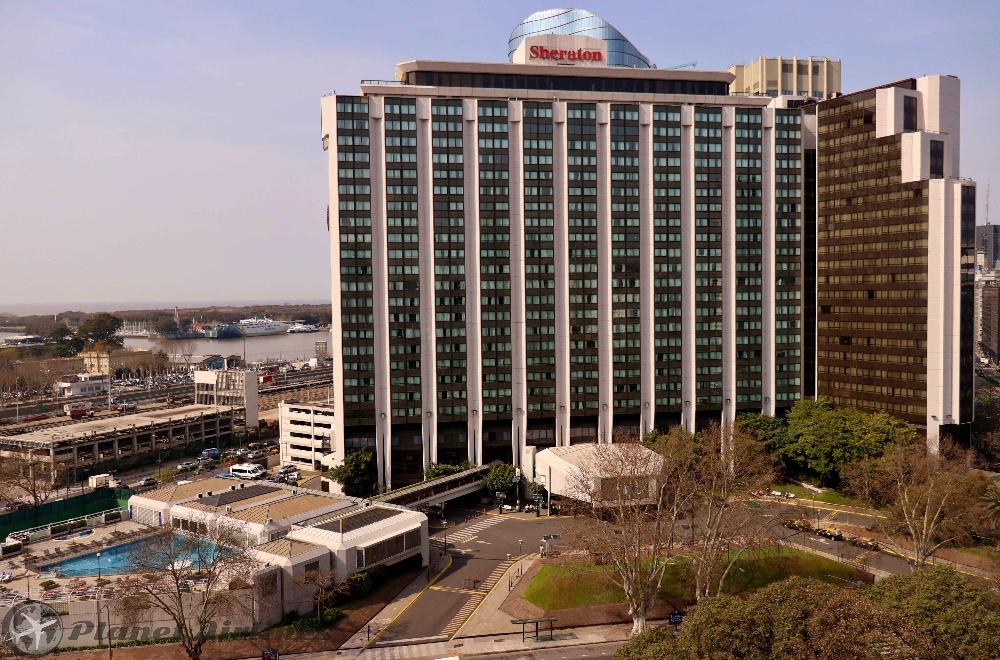
Buenos Aires by its size can be very daunting to visit everything, but when travelling for the first time a suggested 5 nights to a week would be enough including some days out to the outskirts of the city, like Tigre or La Plata.
Buenos Aires districts and major sights🗺️
The centre of Buenos Aires , offers the main government and political institutions, some museums, the Cathedral, El Obelisco, the Argentine Congress, Teatro Colon, Plaza de Mayo and El Cabildo amongst the main historical buildings to see.
It's also home to Calle Florida, the main shopping street where souvenirs, clothes, shoes, electronics etc, can be found at competitive prices. In the evening the centre is a lively district offering life shows, street art and Tango dancing. Also it's packed with Theatres and restaurants, although prices are slightly higher for being the main centre.
❗Attention: When walking in Florida street, be aware of people offering you currency exchange rates. Due to the economy in the country, there is a heavy black market for foreign currency and although you might be better off getting more Peso for your currency, a lot of these illegal stores trick you with false notes or don't offer genuine exchange promise and get tourists to give up their cash for nothing in exchange. If you know a local person, its better you go together to exchange money where it's known safe and trustworthy.
You will also find the Centro Cultural Kirchner, with free entry to many artistic exhibitions, classic music concerts or cultural performances throughout the year. The cultural centre is a short walk from the main Plaza de Mayo square.
To get to the "centro" district, take the Subte (metro) to Plaza de Mayo, Catedral or Peru Stations.
Is a must see for any traveller coming to Buenos Aires, this district is a bohemian residential area packed with local antic shops, markets and second hand shops. Its narrow streets are paved with cobblestones and many are pedestrian. It's a charming area for being the centre of commerce when the city was first erected, how many buildings are preserved and can not be built upon, preserving its architectural heritage. At the heart of San Telmo is Plaza Dorrego, the second earliest square after Plaza de Mayo.
Many cafes, music shops and restaurants play local music or live Tango dance. As you walk along its streets you will find local street art performing for the locals and tourists alike. It's a true sense that time has stopped in San Telmo with low buildings, open courtyards and wells.
✔️Tip: The best time to visit San Telmo is on Sundays when all the shops, street stands and stalls are outside. Start from Plaza de Mayo at Defensa street and walk all the way down, you will see the street market immediately. At the end of the street you will find the Museum of Modern Art of Buenos Aires.
Check out "El Zanjon", a beautiful 1830's restored house. It shows urban archaeology dating back 5 centuries buried under long labyrinth tunnels.
Buenos Aires is famously a city with its face turned away from the water. This district is essentially reclaimed land from the sea and built on. Puerto Madero is full of high-end residential blocks, becoming a posh end of the city where you will find businesses and multinational companies. International establishments are based here, restaurants, and shop's aimed to the luxury market. Its an expensive area to dine, but the views and surroundings are worth visiting and walking around. Highlights include Puente de la Mujer (women's bridge) as it looks like a woman's shoe heel and the Sarmiento Frigate Ship Museum.
Within Puerto Madero district you will also find the Ferry Terminal connecting to Uruguay.
Puerto Madero is not only modern buildings, there are also many green spaces to walk or cycle around. Just behind the tall skyscrapers, you will find the Ecological Reserve of Buenos Aires. A great open space with peaceful paths and cycling trails to escape the big city and find a secluded place in nature.
Getting to Puerto Madero can be done, by taking the Subte to Correo Central (Subte E) or Plaza de Mayo (Subte A) and walking around 10 minutes. Otherwise busses 29, 45, 64 or 111 will drop you off opposite the main avenue.
La Boca is famous for being home to the Local football team " FC Boca" but also its a district full or art and culture. It's main street, Caminito, is a must see. It will impress you for its colourful buildings and artistic decorations which adorn the streets along the way. It's also a heaven for tourist shopping, souvenirs, handicraft items and curiosities.
Restaurants and bars offer very good Argentinian cuisine, though prices are quite high compared to more local restaurants like in Palermo district. Expect as well, entertainment, such as Tango and singing whilst dining. Despite the price it's an experience worth sampling unless you want to book a Tango show, also possible to book on site.
To get to Boca District, there is no Subte (metro). Busses are the best way to get there, leaving you just in front of Caminito street. Bus 64 and 29 are the best from the city centre. Alternatively you can take bus 29 or 152 if you are coming from Palermo.
❗Attention: Despite Boca being quite a tourist area, specially during the weekend, the district is home to the lower mid classes of Buenos Aires. Safety is generally good, but it's advised not to wander alone outside of the tourist area, specially at night or during weekdays.
Retiro is known for being the wealthiest neighbourhoods in Buenos Aires and is home to many of the city’s five star hotels and embassy's. It's close to shopping areas, restaurants and parks. Also Retiro is the main station for local trains and busses connecting the city with other domestic and international cities.
Highlights to see and visit are the English Clock Tower (150 Pesos to enter or free on Wednesdays), the Retiro station interior, San Martin Park and the Monument to the fallen victims of the Malvinas.
To get to Retiro (main station) take the Subte (line C or E) to Retiro station. Many local busses also pass the station from multiple points in the city like bus 5, 6, 7, 33, 45, 56, 92, 100, 101, 152 etc.
This neighbourhood stands out for its architecture, the aristocratic character of it's residences and palaces and it's beautiful squares. The church, the Cemetery and the Cultural Centre represent a few of the notably historical buildings. With many entertainment venues such as bars, restaurants, a big shopping mall (La Recoleta) and full of parks, old trees and vegetation, it's a pretty area where at times you will find outdoor activities such as art, recreation, concerts and exhibitions.
Recoleta is a very popular and affluent neighbourhood. It is also an area of immense historical interest, mainly for the impressive Recoleta Cemetery, as well as artistic, where you can find the must see, Malba Art Museum, the Floralis Genérica (metal flower) and the national Museum of fine Arts.
There is also multiple green areas around Recoleta to listen to live music at the weekends, handicraft markets and local performances.
Getting there is easy by Subte toLas Heras or Facultad de Derecho stations (line H)
Palermo is probably the best areas in Buenos Aires if you gonna stay for longer, it offers all you need within walking distance. It's full of cafes, restaurants and boutiques set in a residential area with access to shopping centres, parks and good transport links. Also in the area, Palermo Soho is a trendy, creative, chic area. It reflects the modern side of society and you will find young crowds hanging out, with clubs and bars all well located here.
Highlights in the are Plaza Italia with its botanical gardens and classic book stores along Avenida Santa Fe, Eco park, the Zoo of Buenos Aires, the Japanese Gardens and El Alto Palermo, for shopping.
Travel there by Subte along many stops of the "D" line from (Santa Fe to Plaza Italia) also bus 29, 39, 11 and 152.
Travelling further away from Palermo, you will come across with this middle class residential area, also making it an ideal area to find cheaper shops, markets and more local produce. At the heat of Belgrano, you will find Plaza Manuel Belgrano, a pleasant square that hosts a weekend art fair where local sellers display a range of handicrafts and jewellery. If you take a walk around the edge of the plaza, you will discover some of Belgrano most famous landmarks, The Iglesia de Inmaculada Concepción de Belgrano, also known as La Redonda. Nearby is the Museo Sarmiento, which houses memorabilia belonging to Domingo Faustino Sarmiento and Nicolas Avellaneda, both former presidents of Argentina.
But the most renowned reason to visit Belgrano area, is it's Chinatown (Barrio Chino). The Chinatown has excellent Asian restaurants, curiosity shops and chinese influenced markets selling fresh fish and other Asian products for cooking/eating!
Take Bus 64 or 118 from the city centre or go direct by local train from Retiro (main terminal) to Belgrano Station.
Buenos Aires Photo Slide 📷

.jpg)
.jpg)
.jpg)
.jpg)
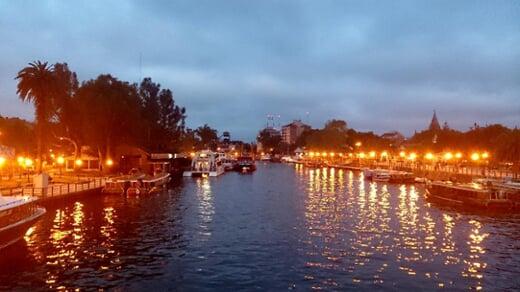
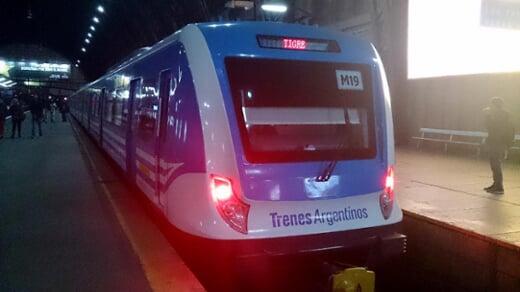
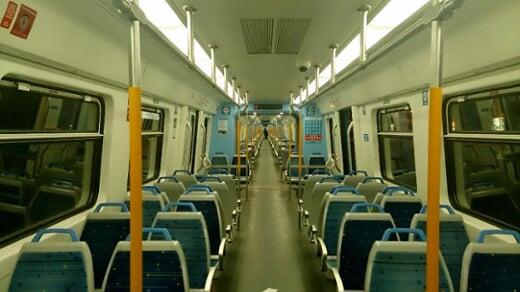
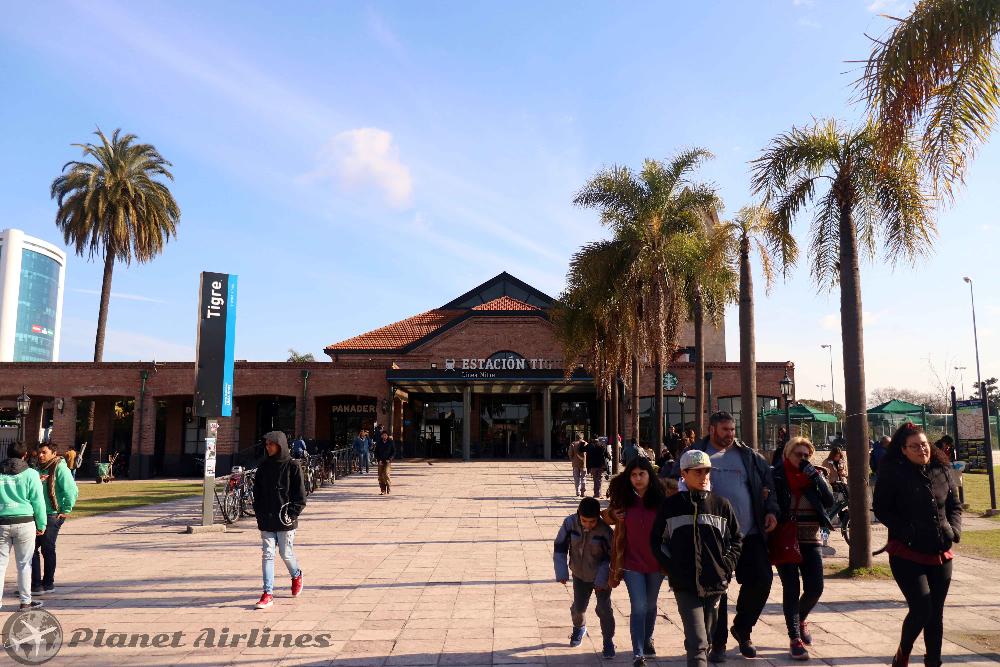
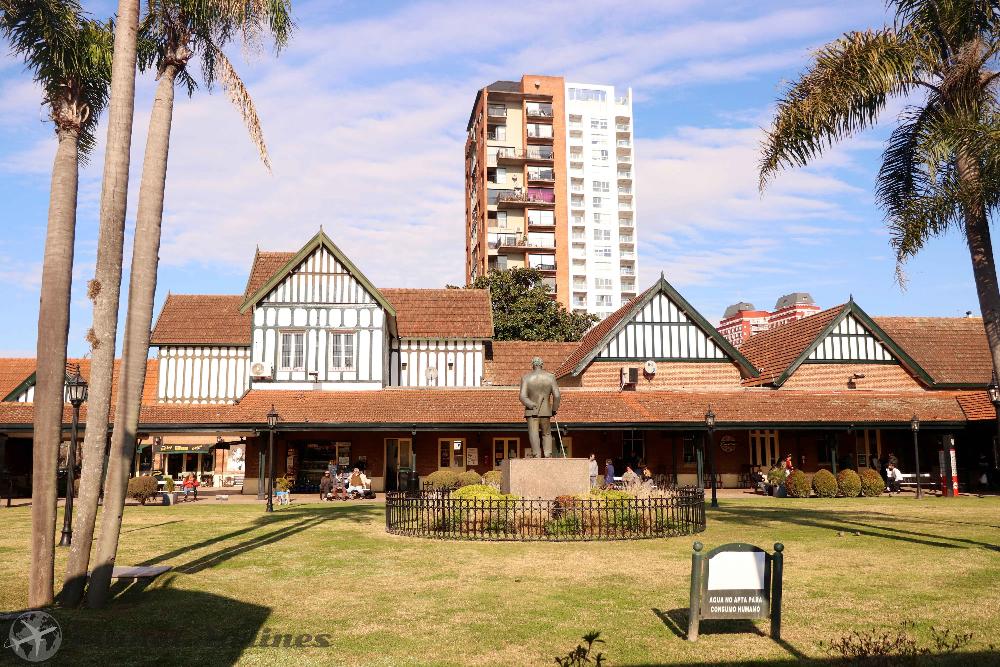
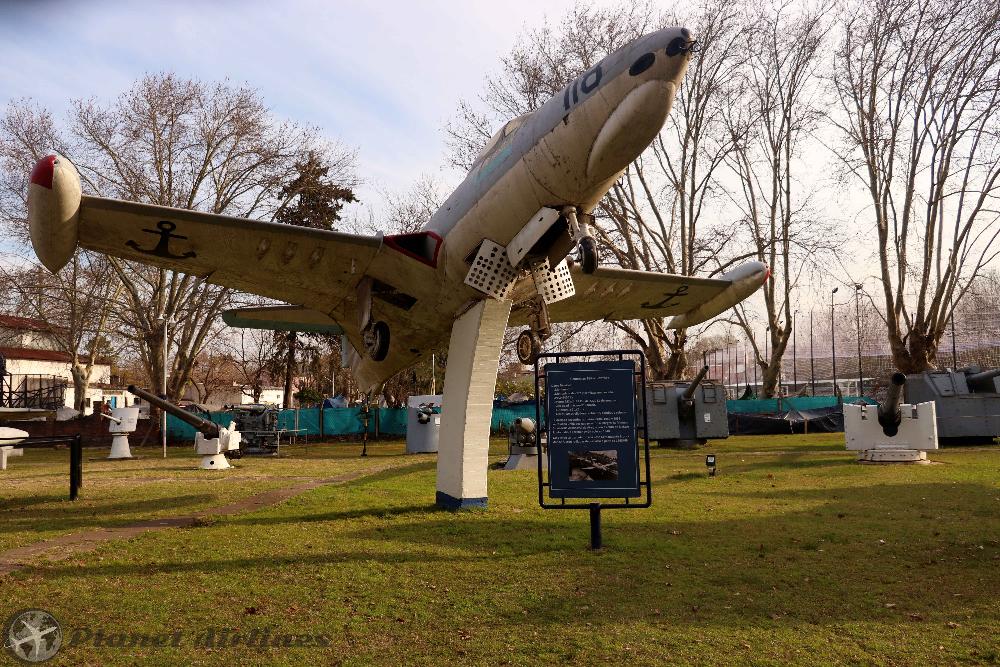
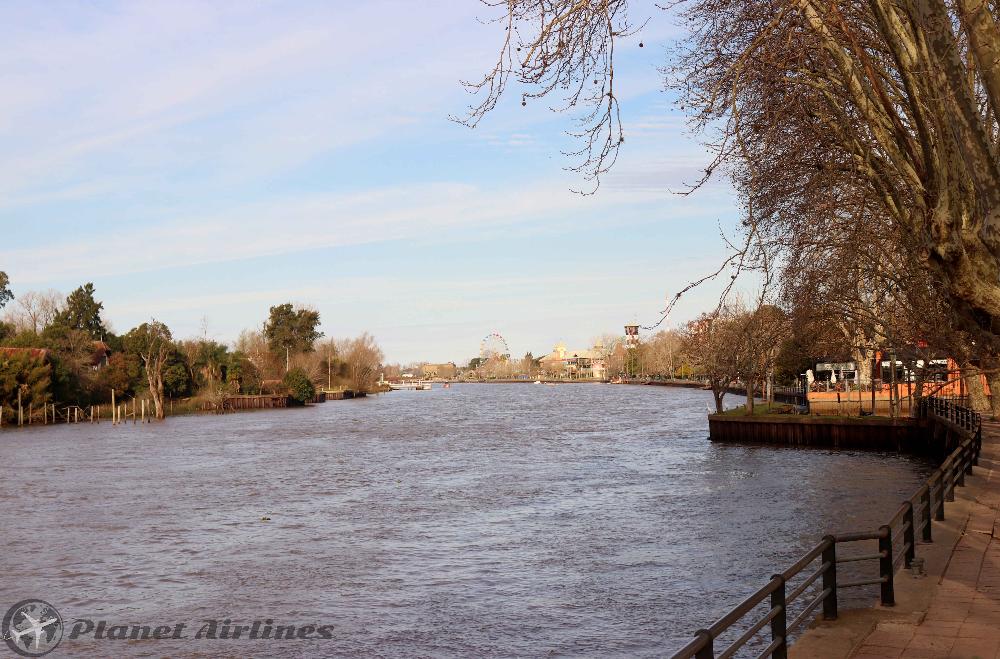
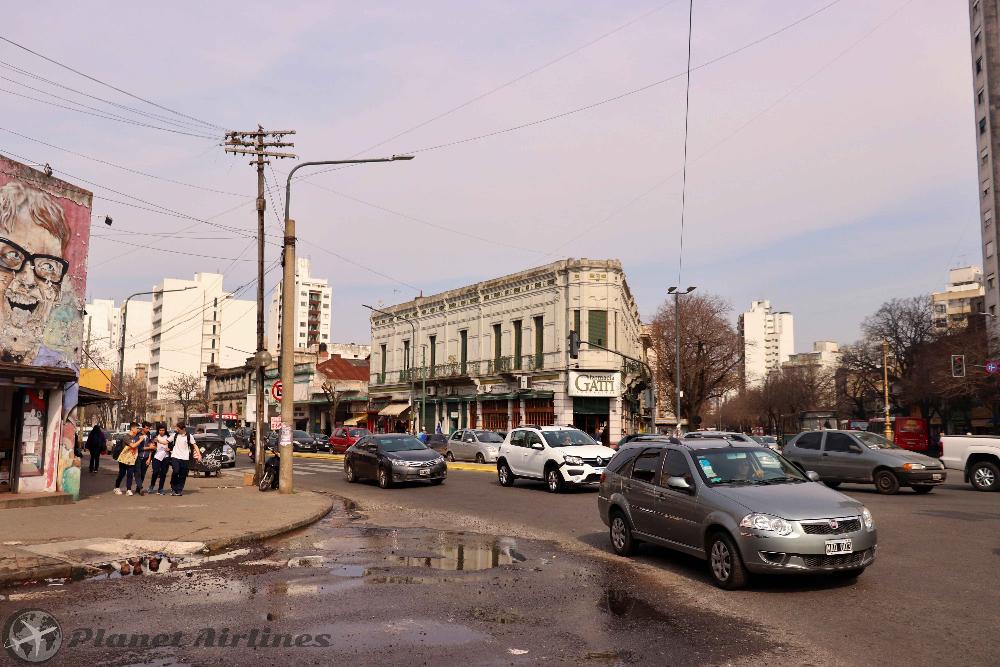
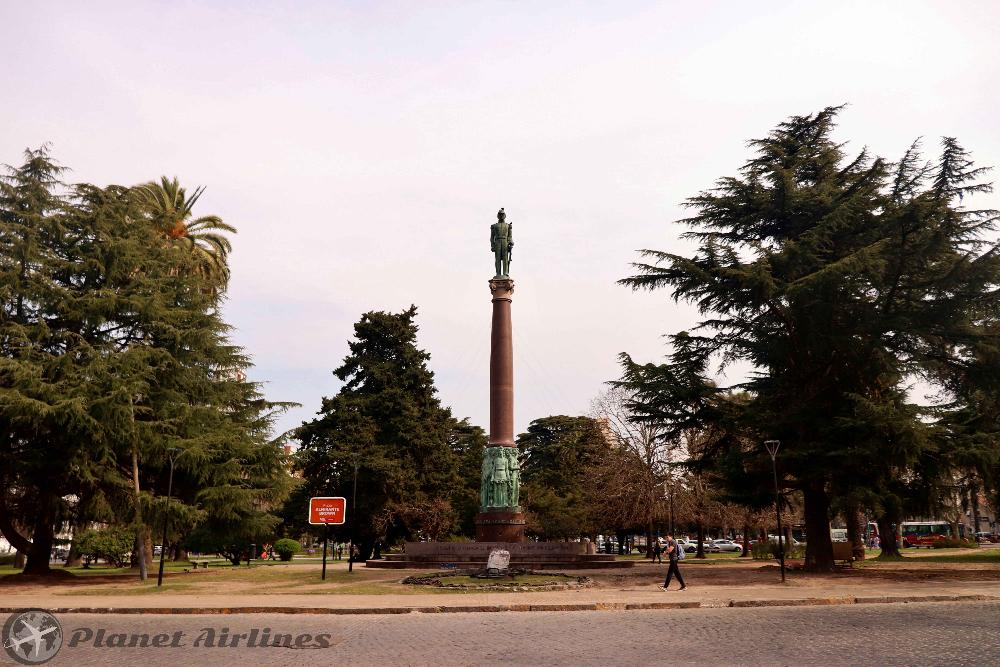
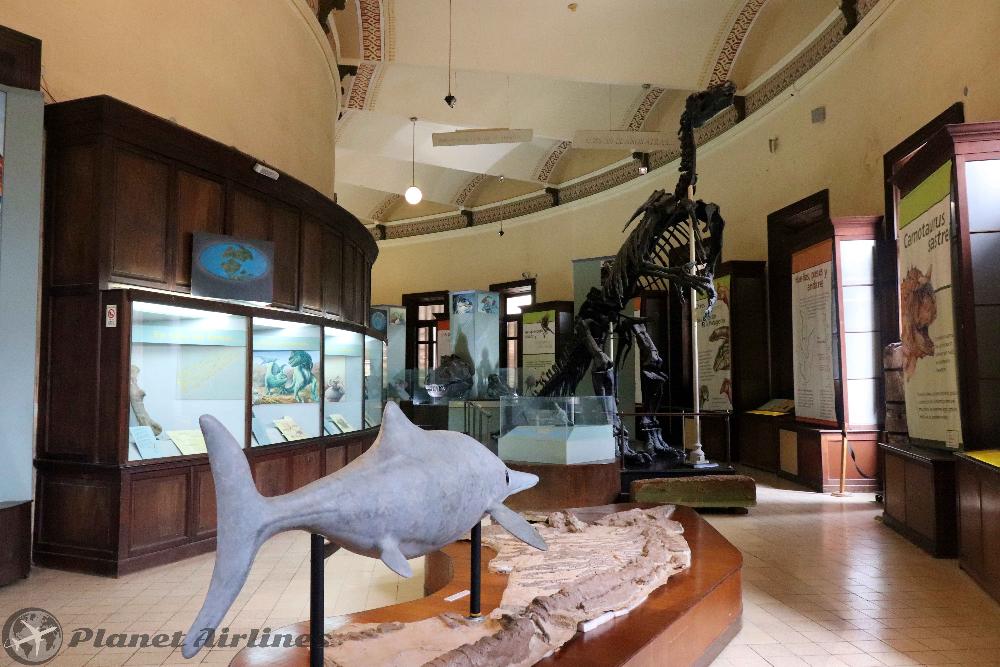
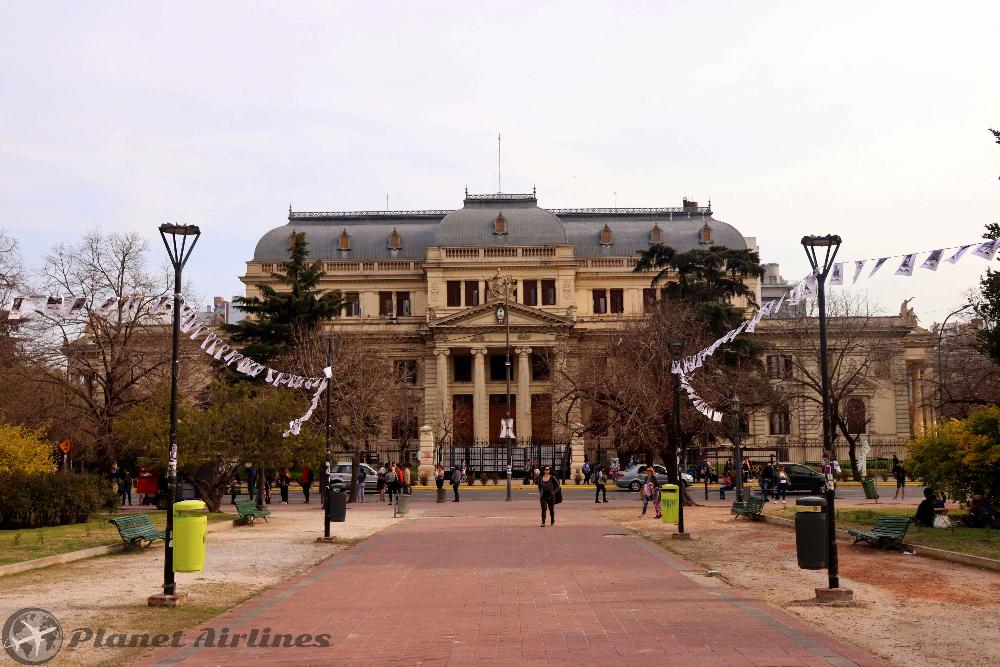
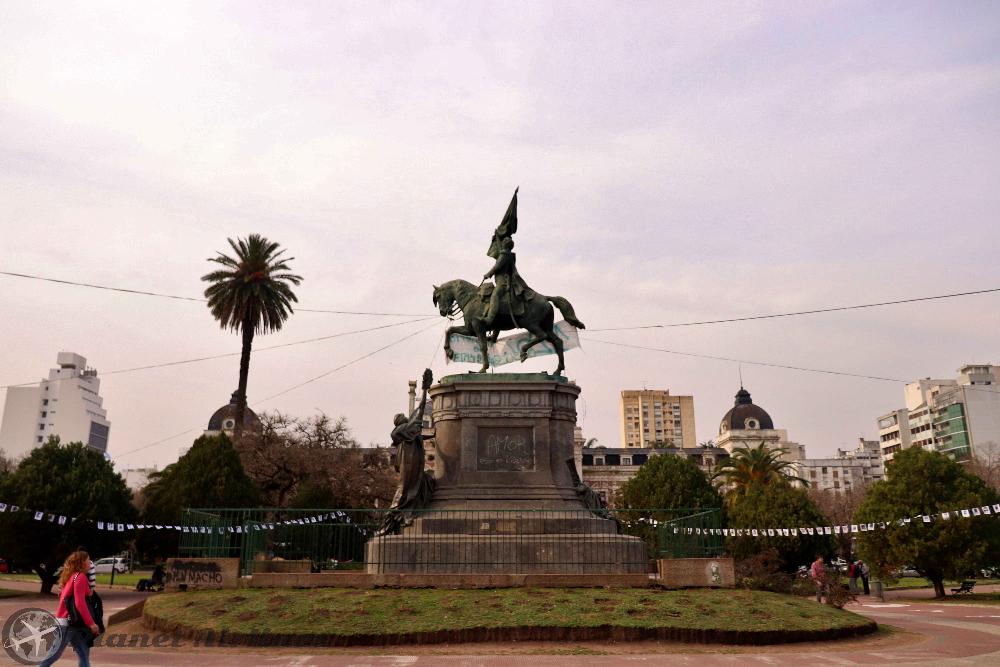
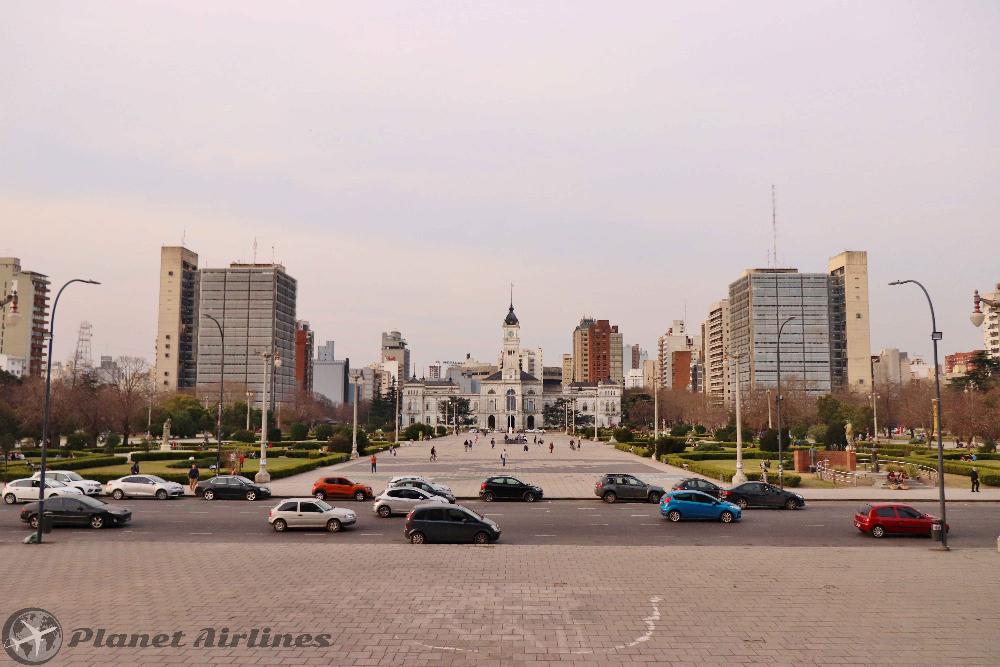
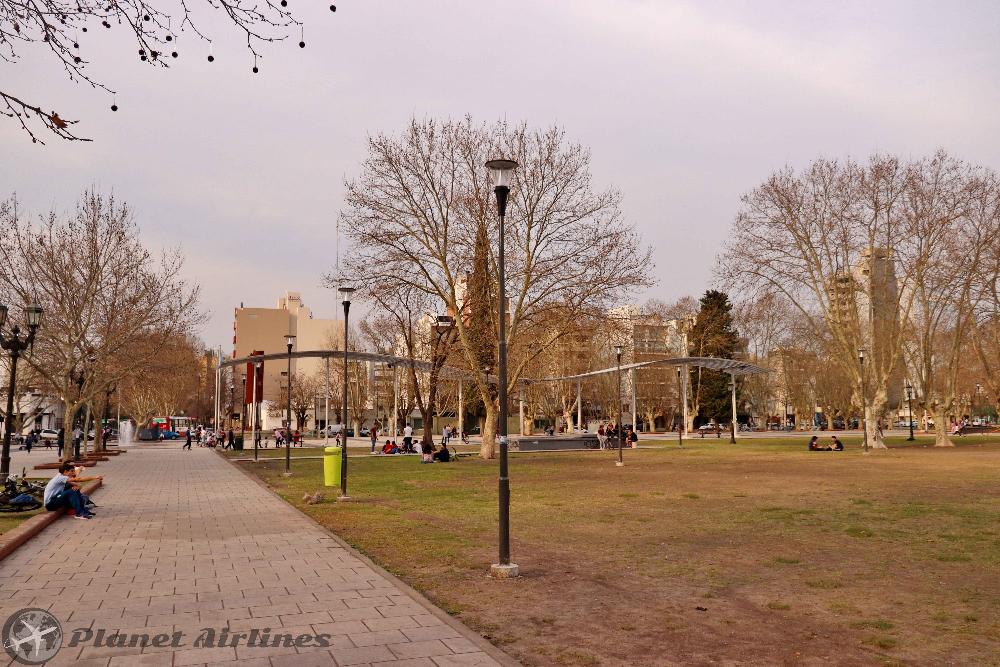
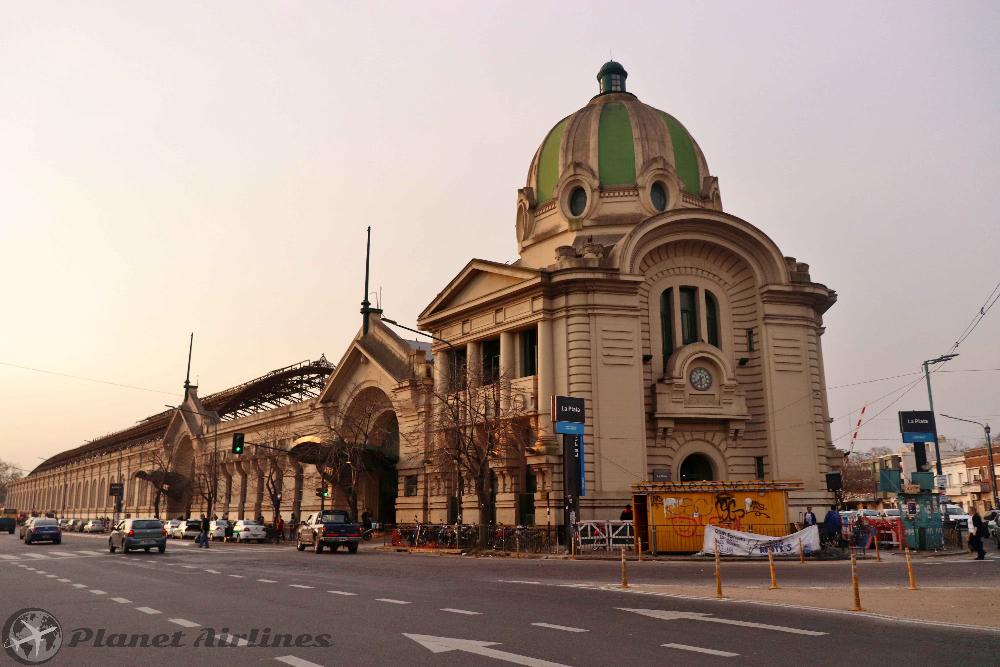
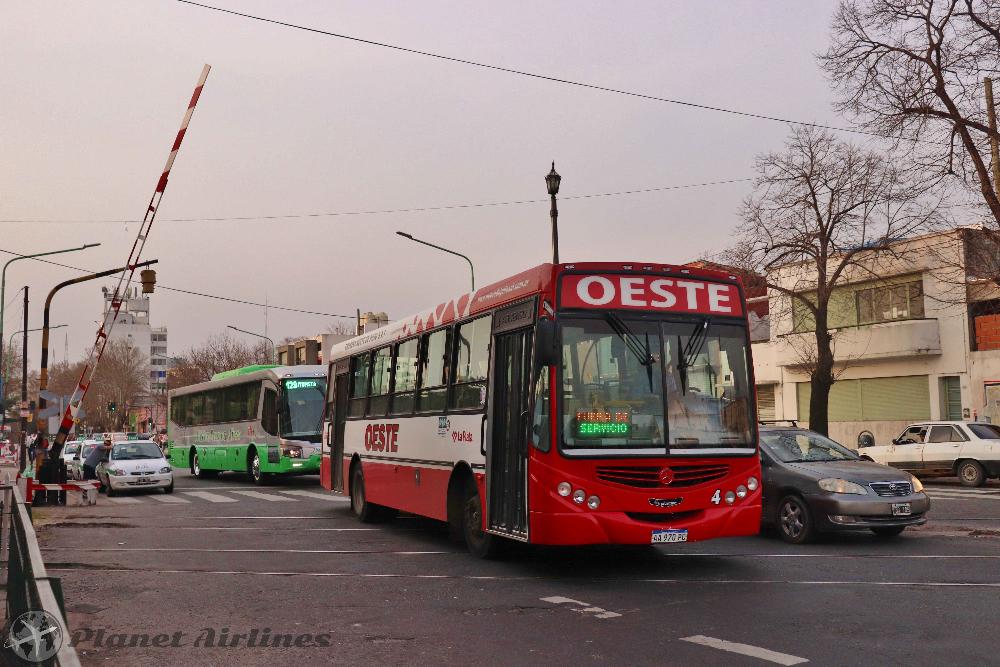
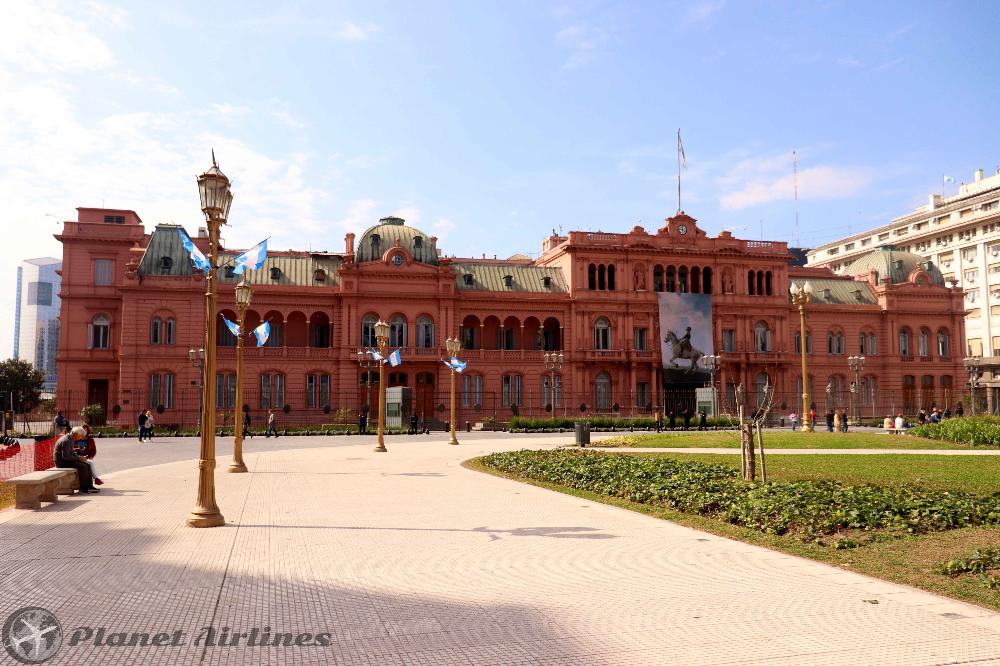
.jpg)

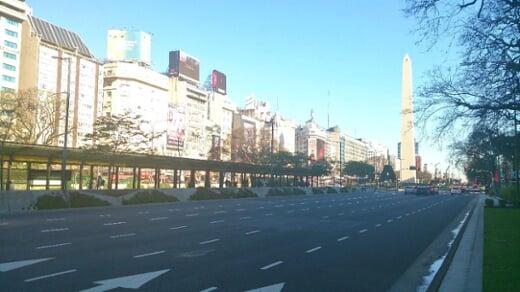

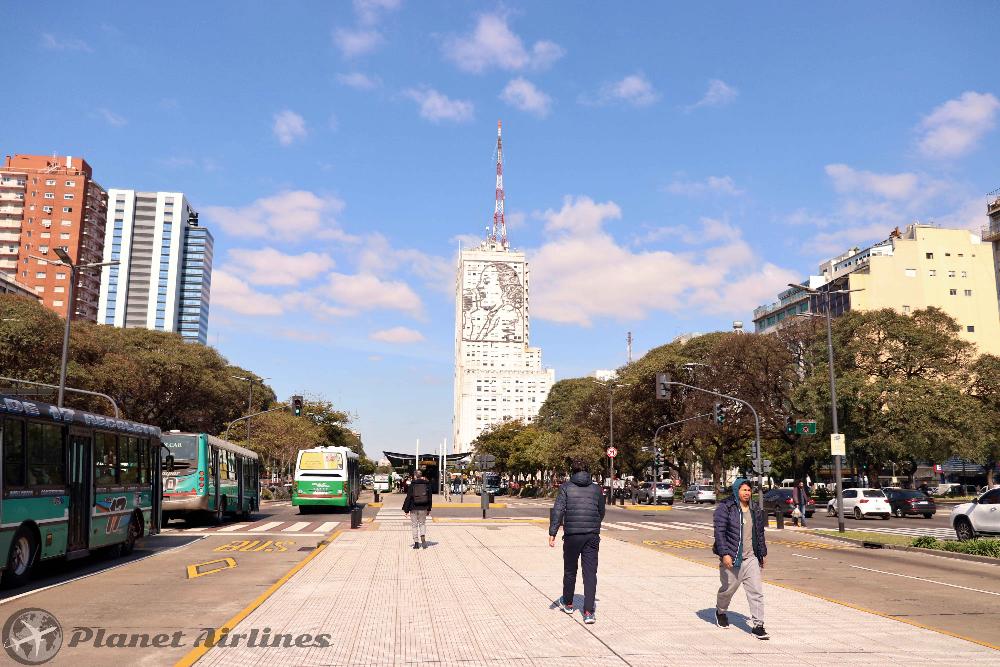



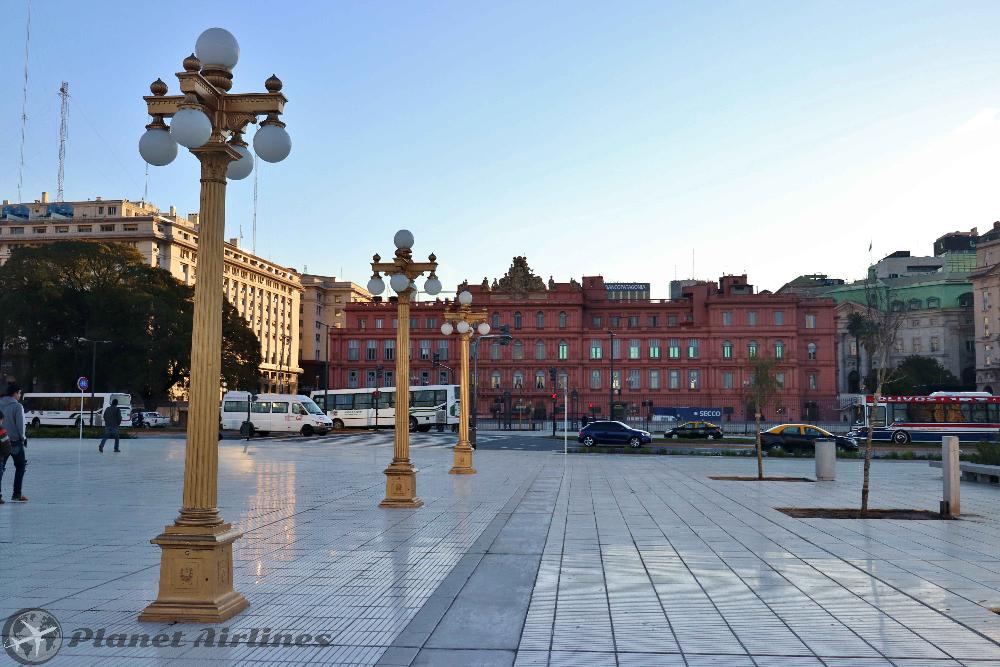
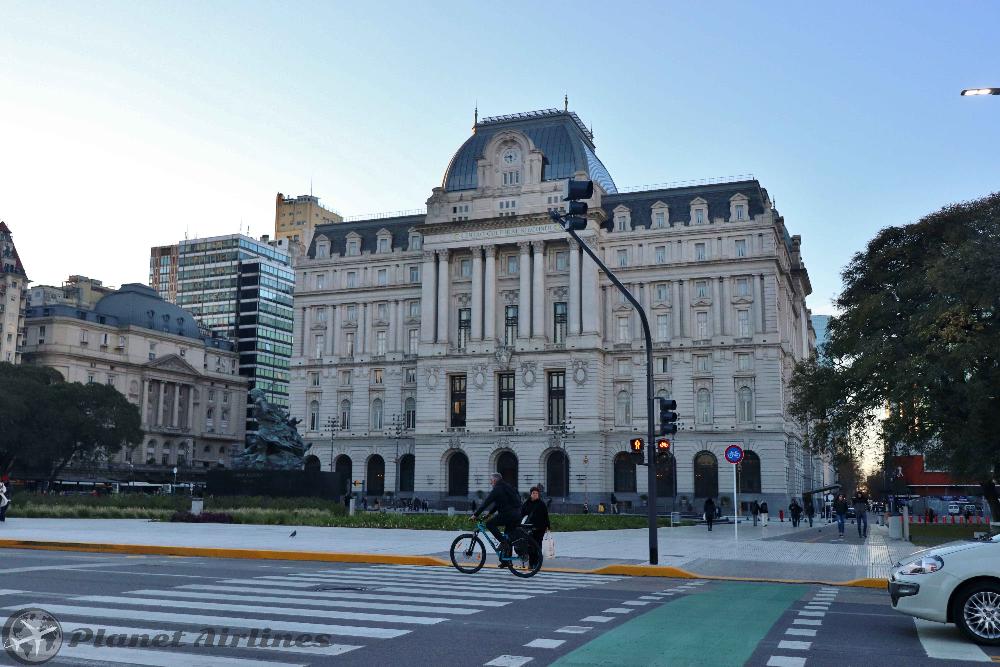
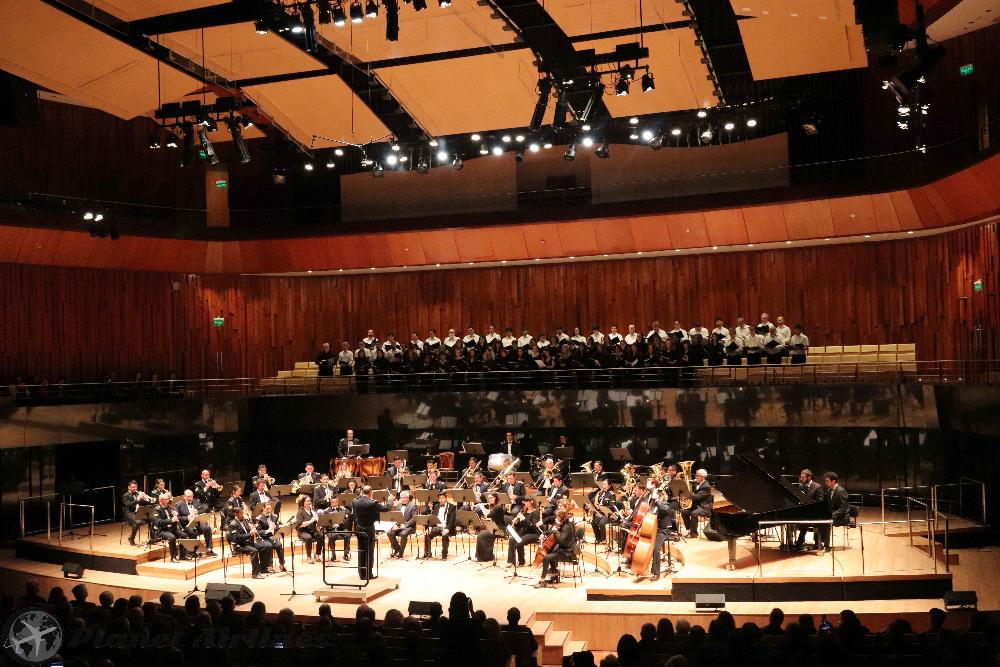
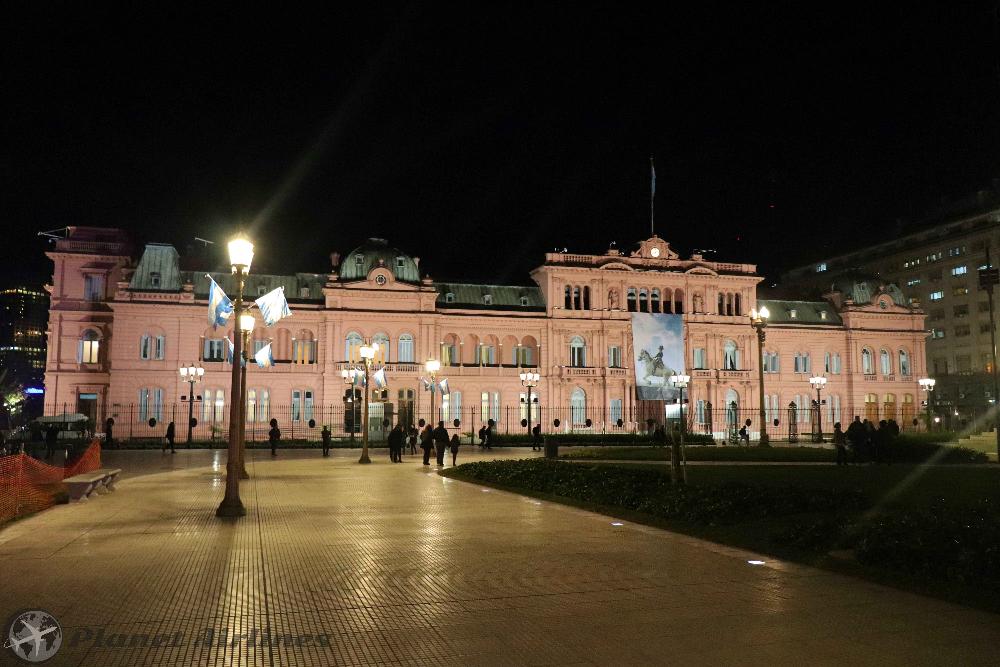



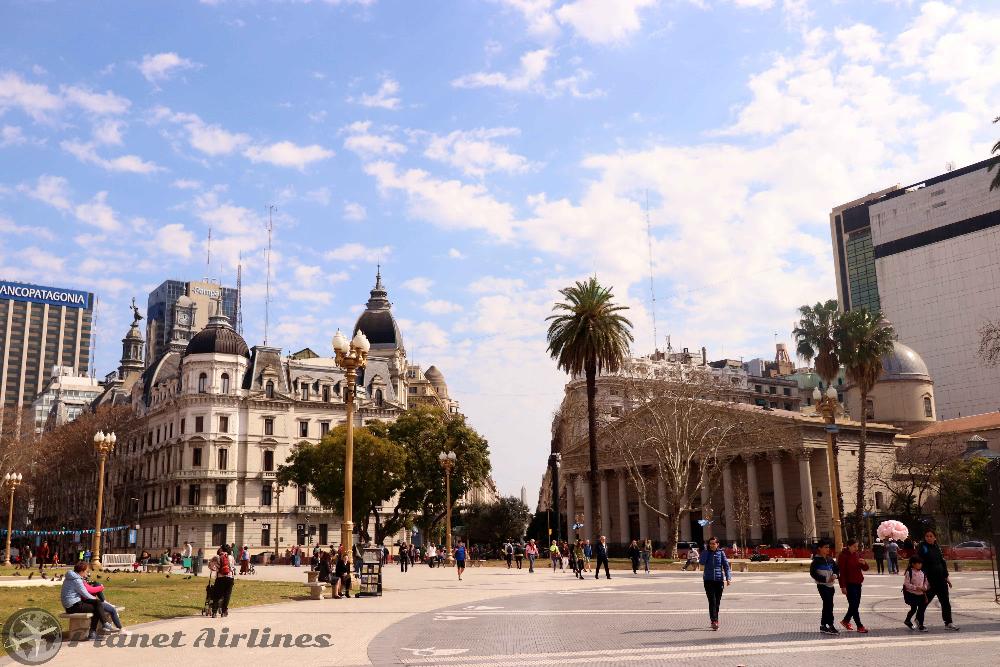

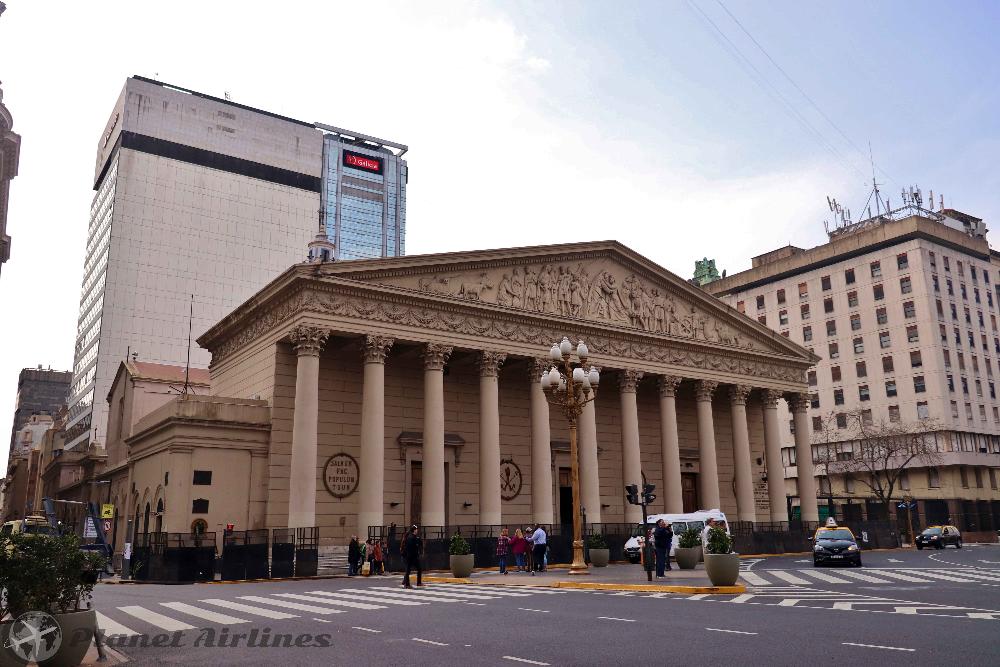
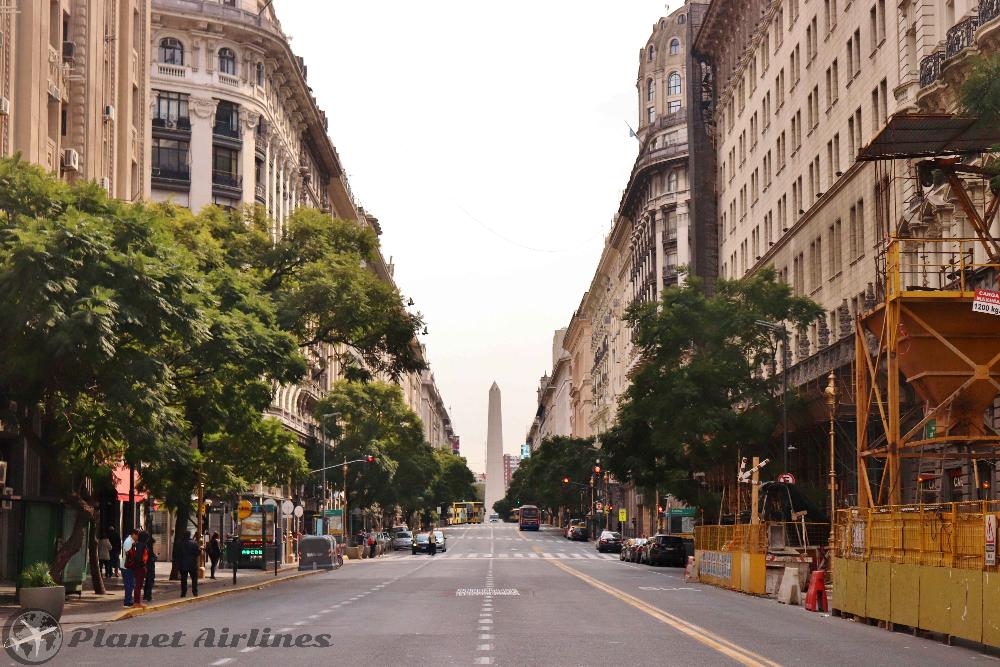
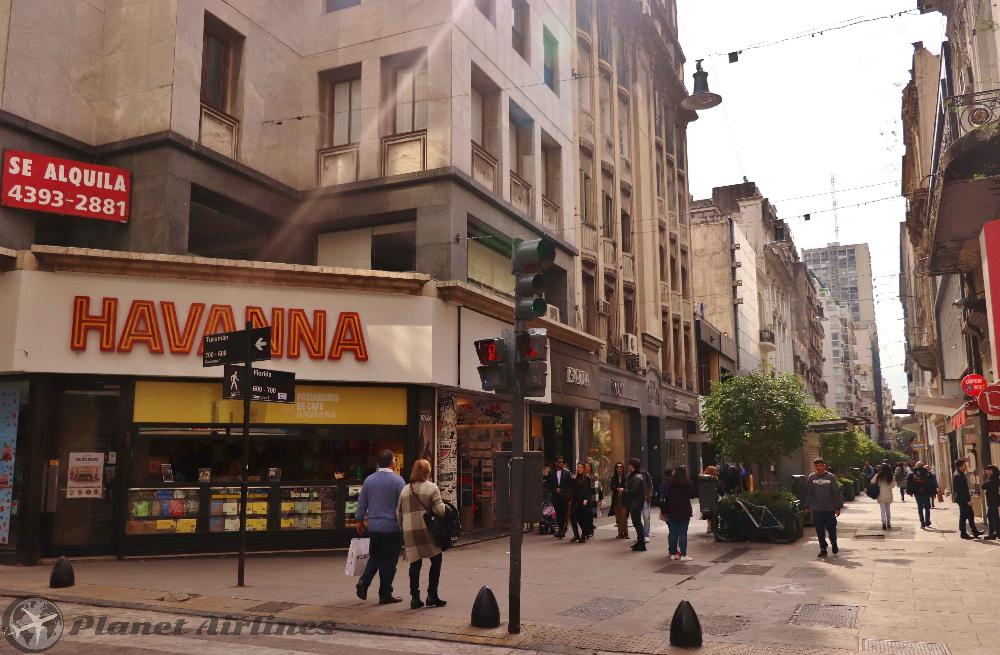

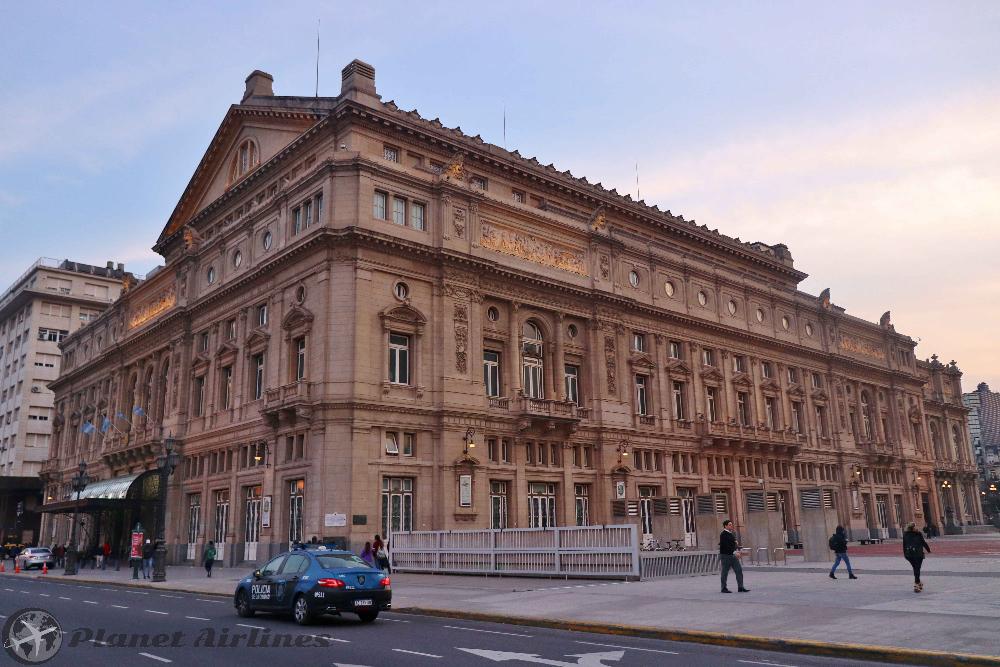
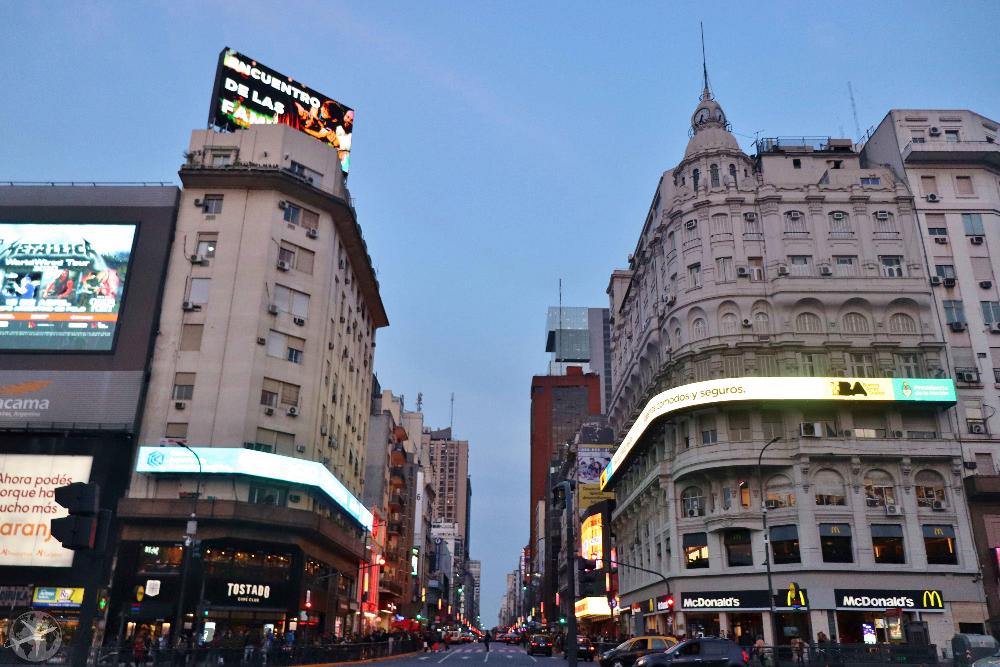
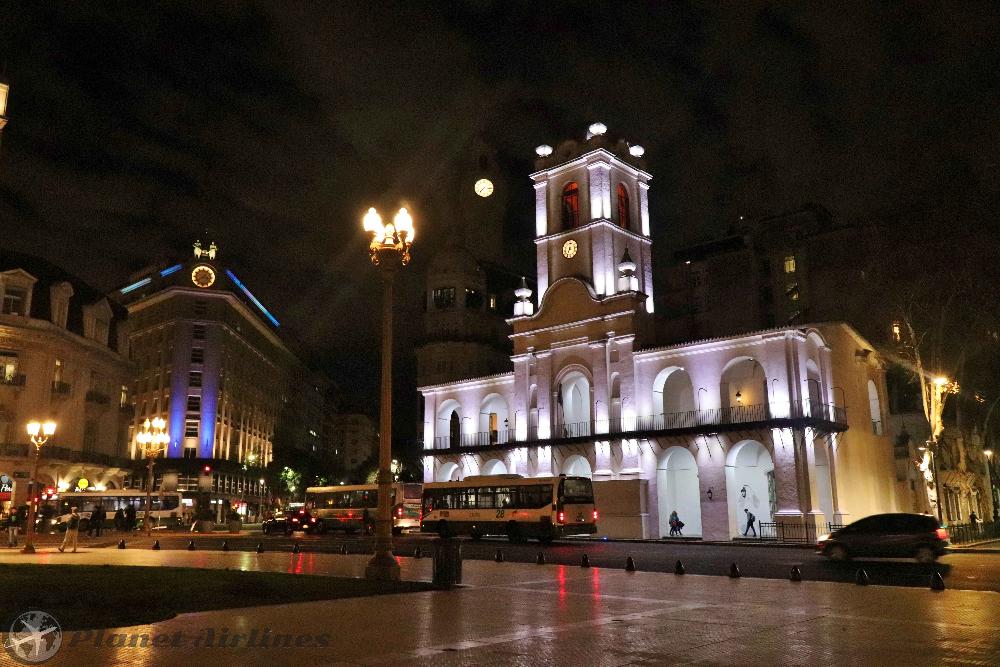

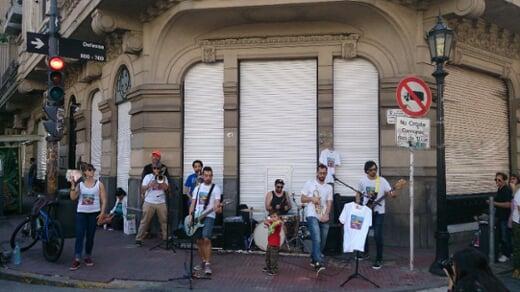
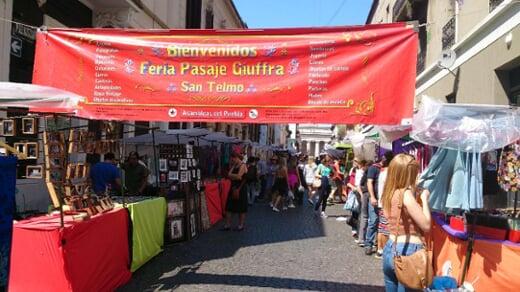
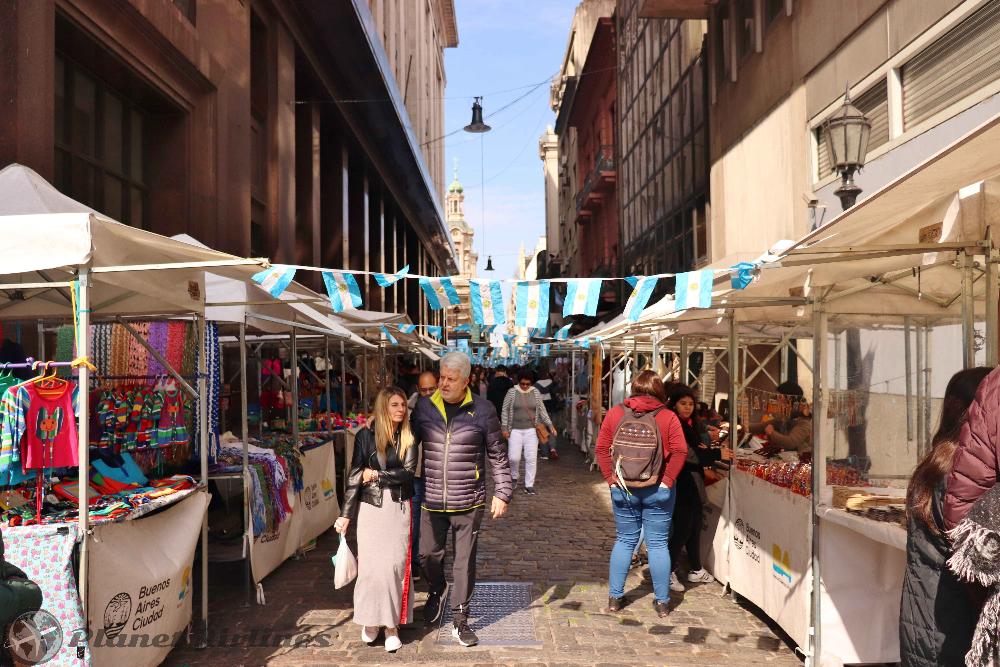

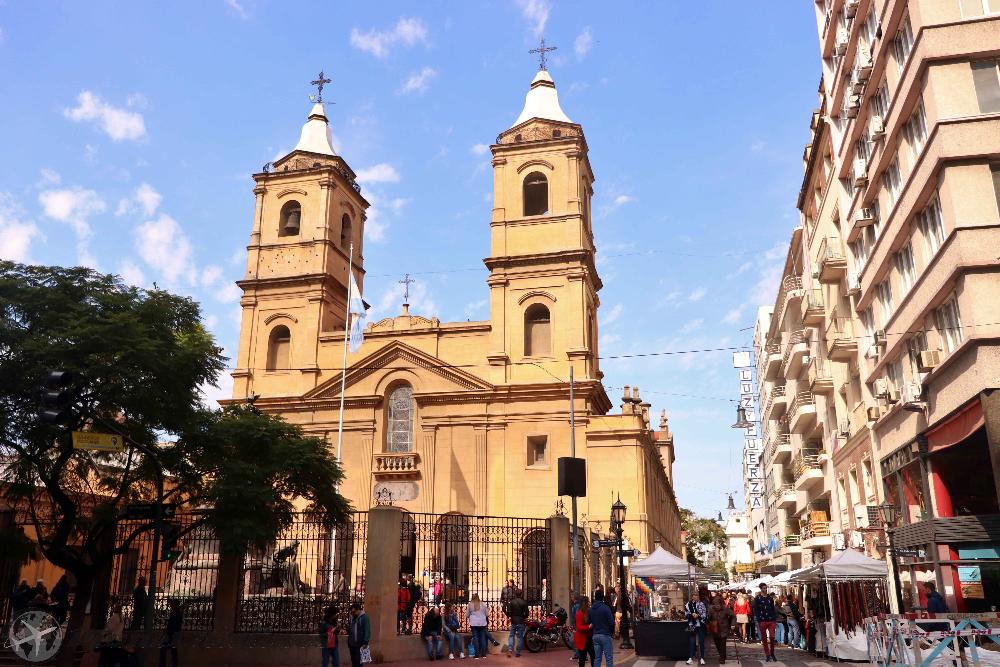
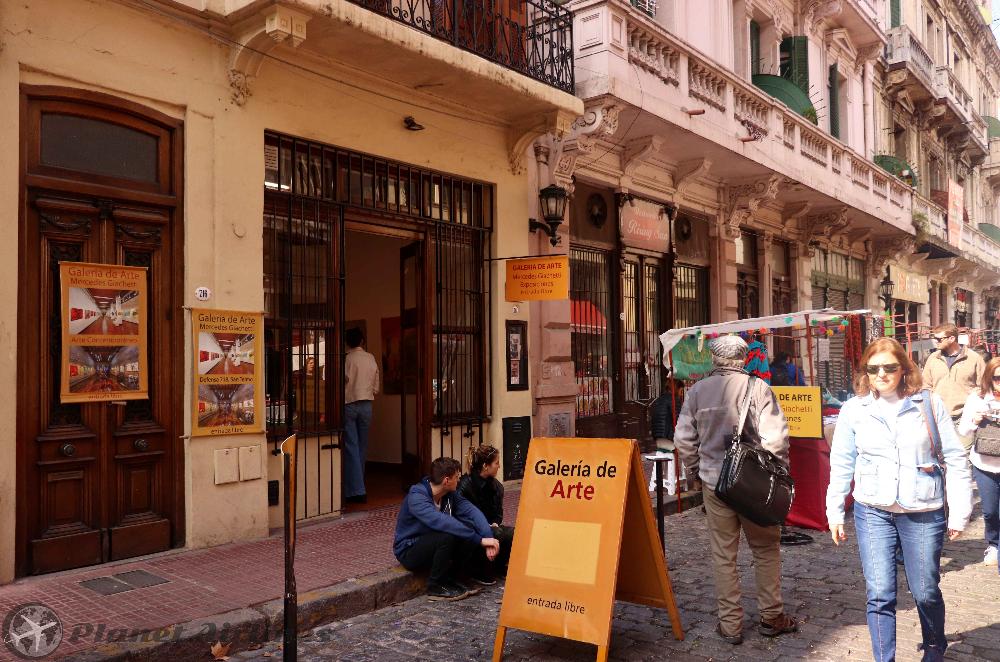
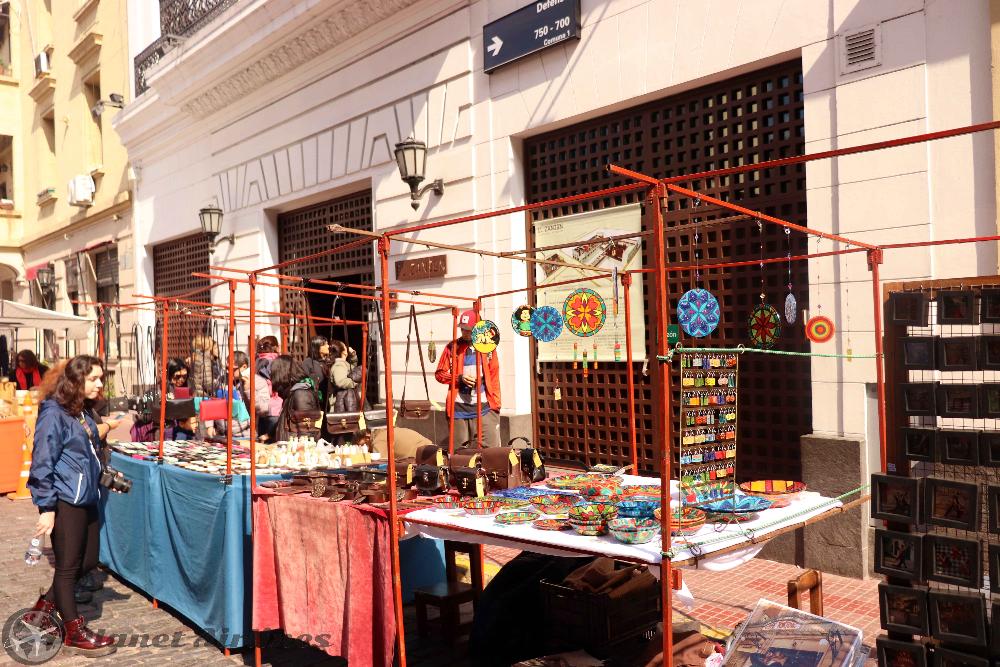

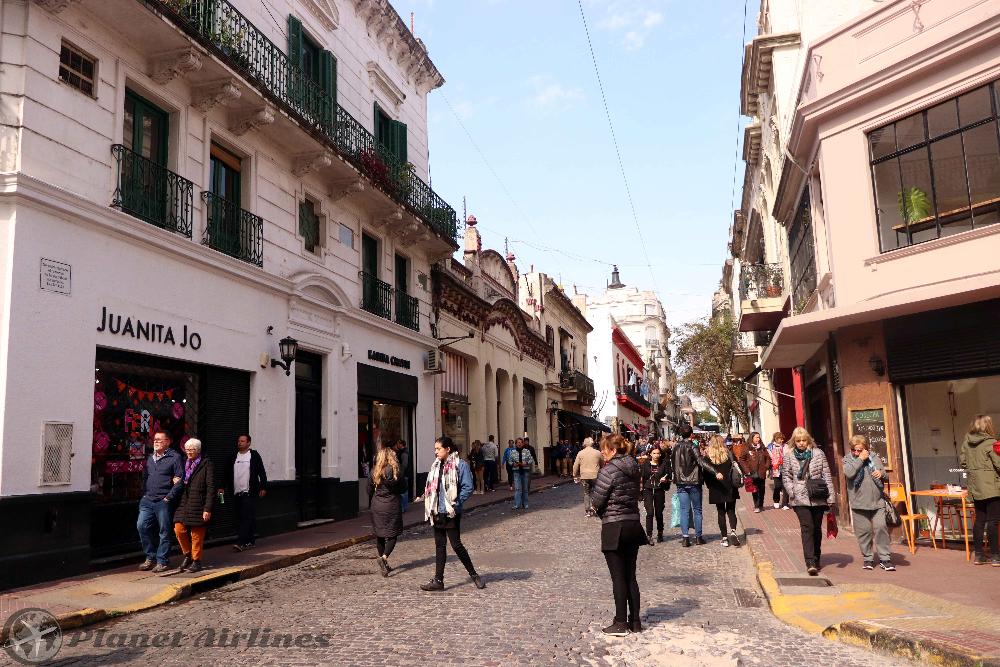
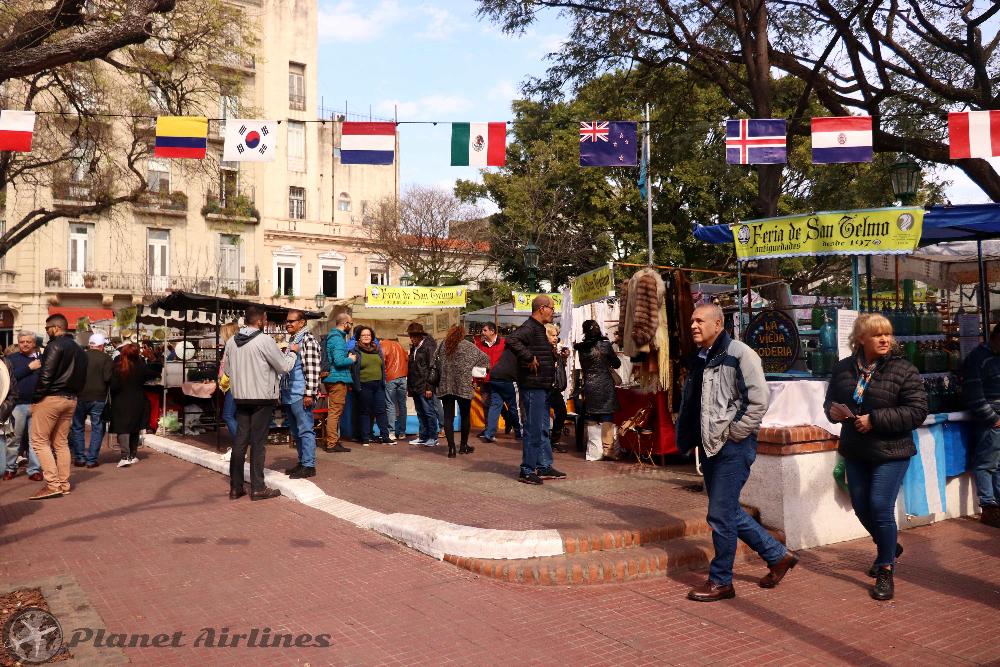
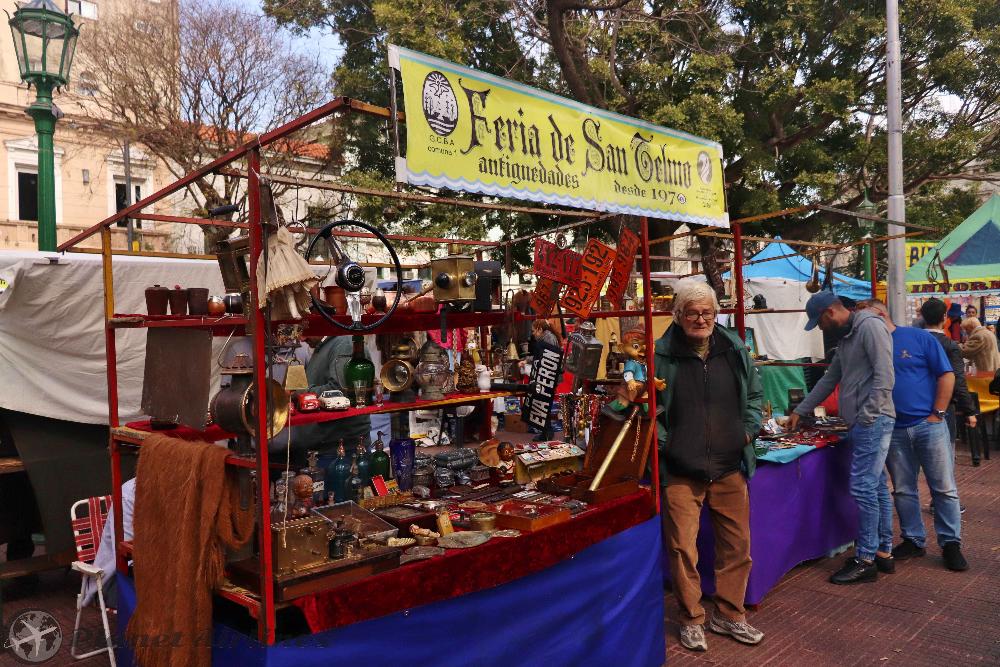
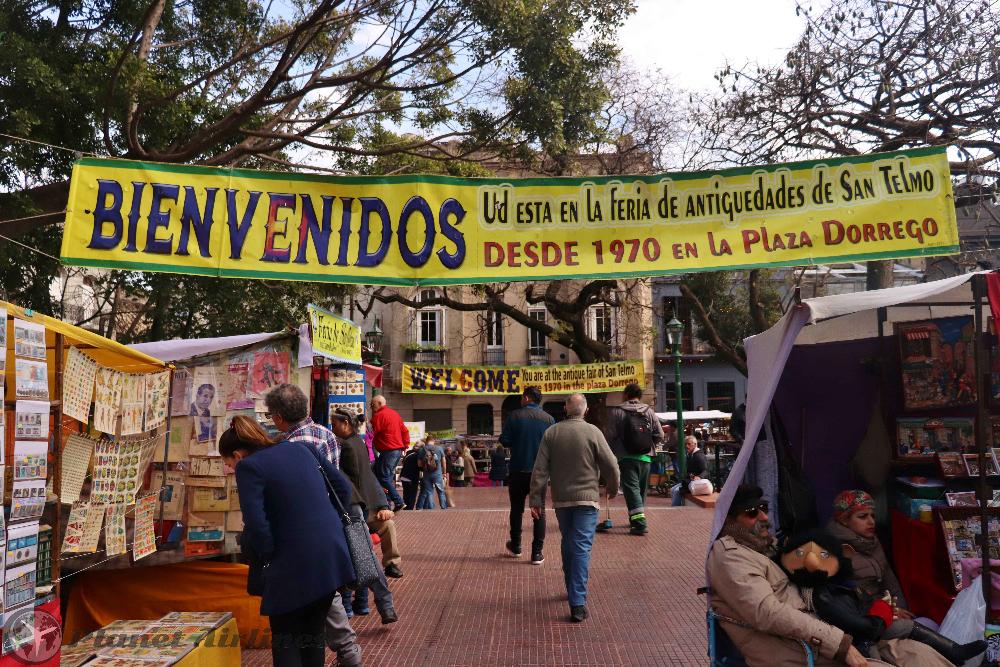
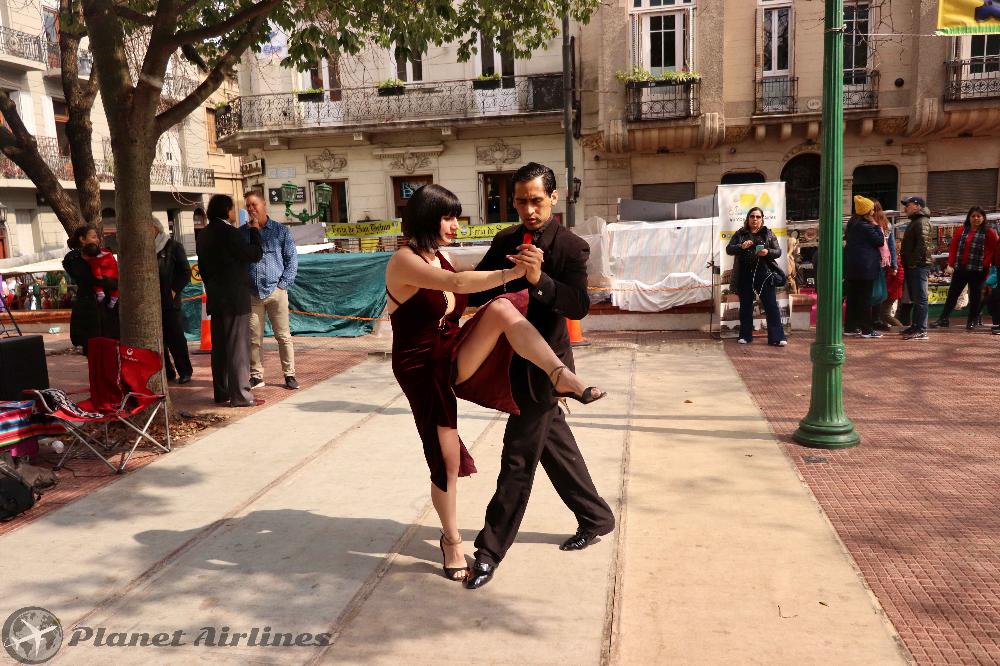
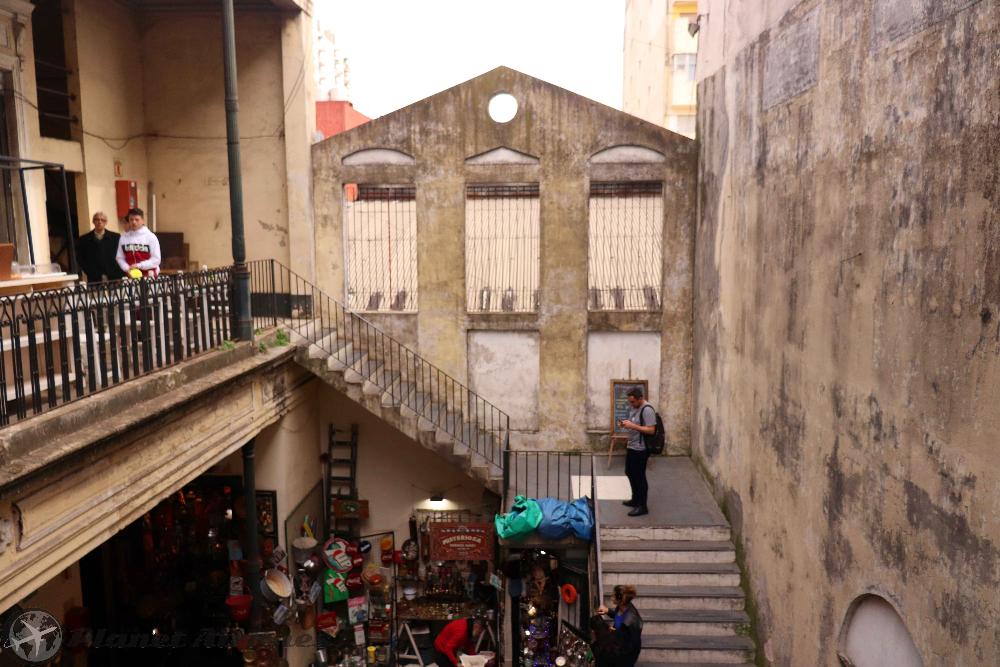

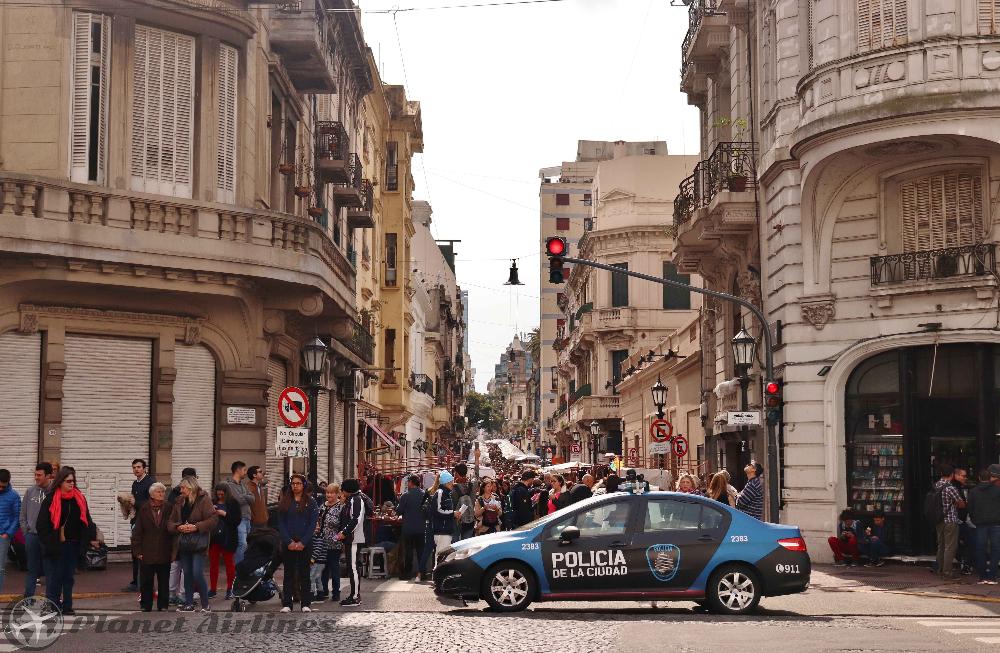
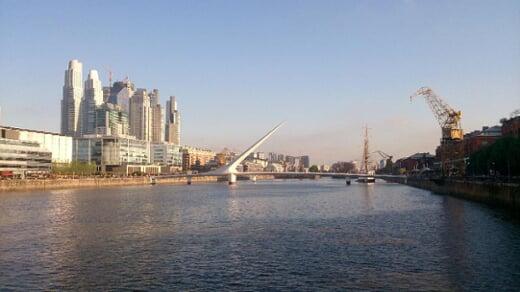
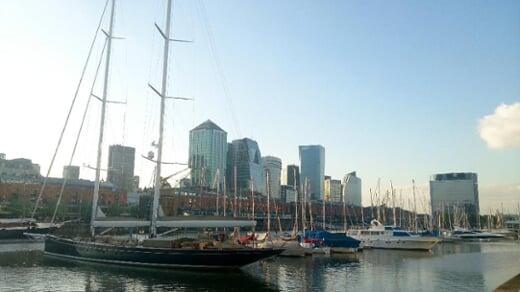
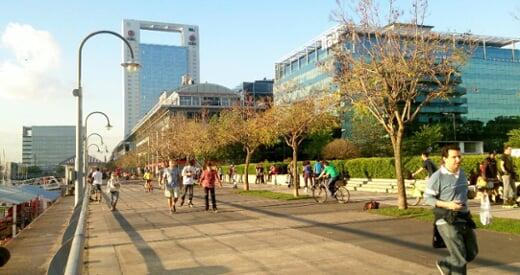
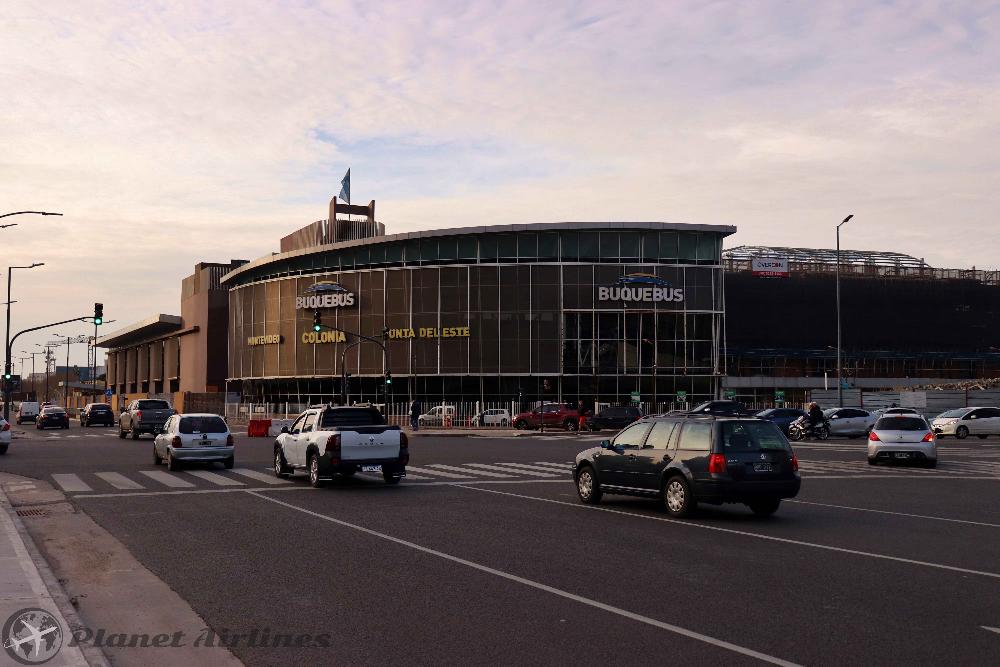
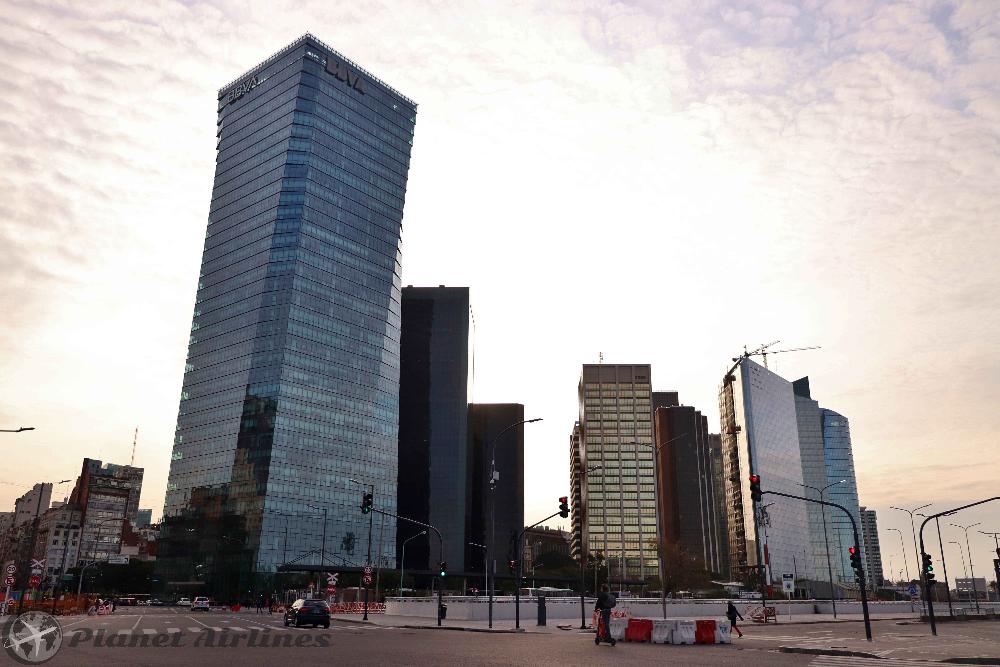

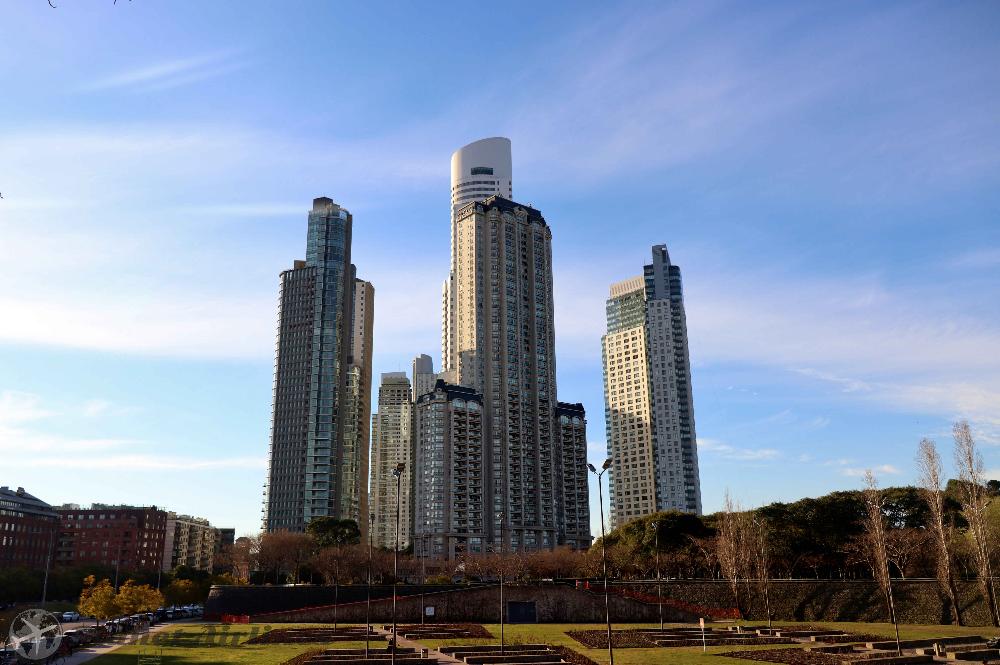

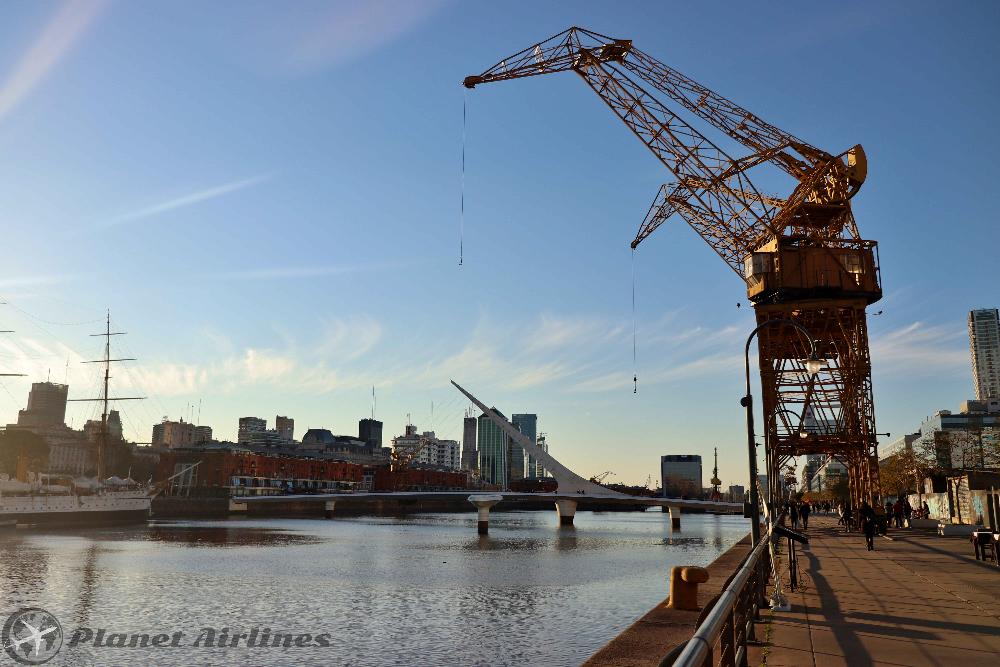
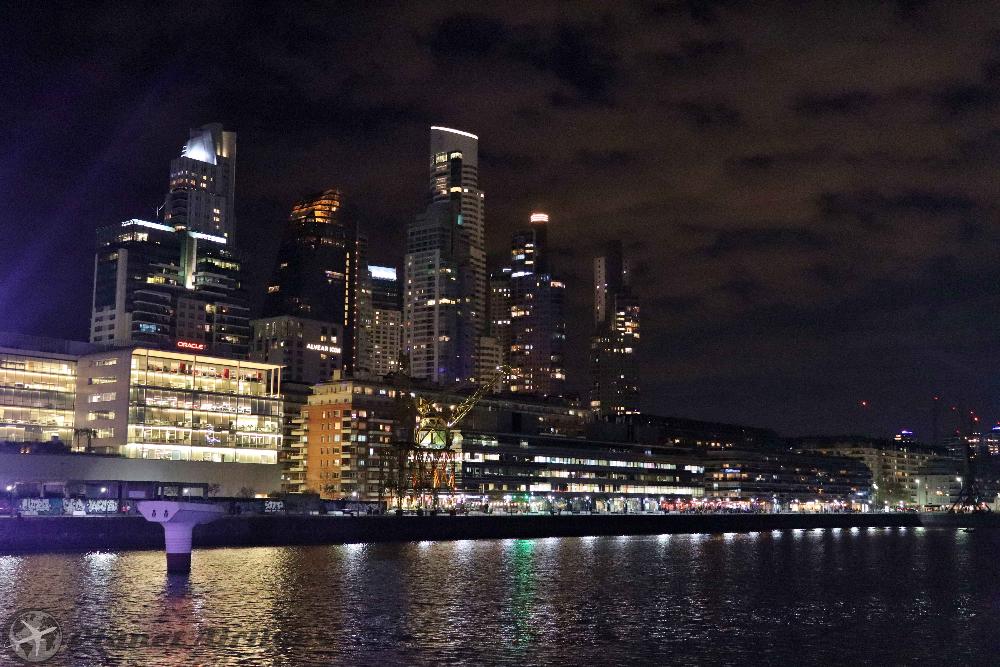

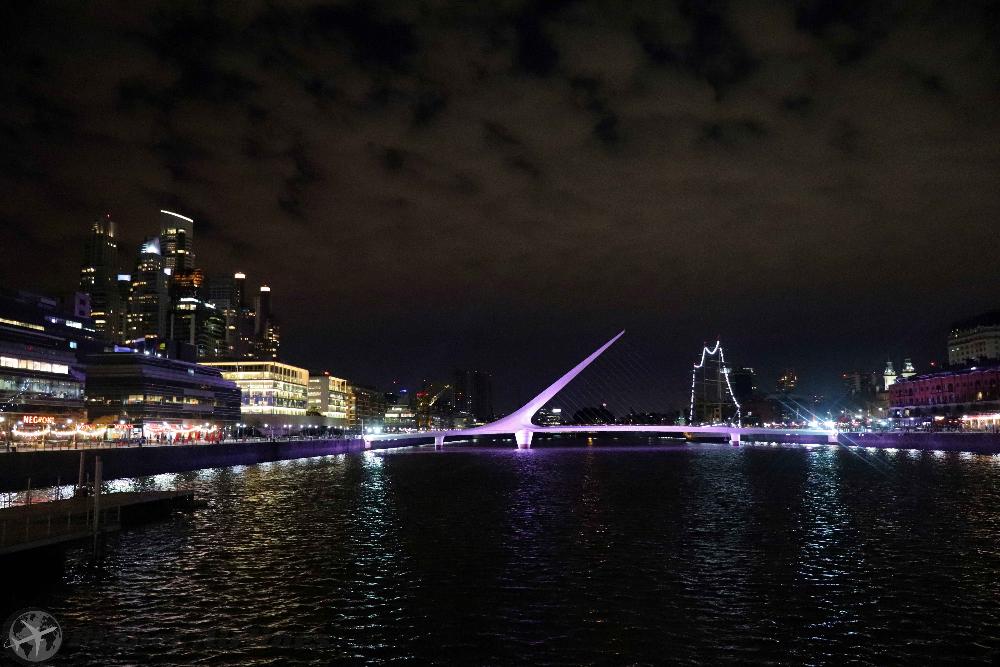
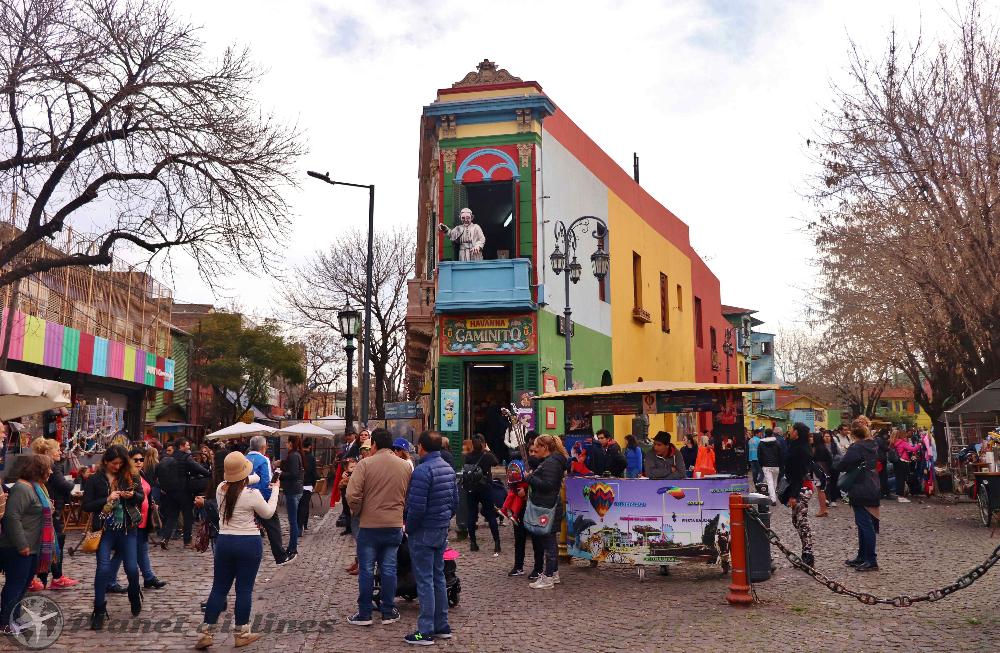
.jpg)
.jpg)
.jpg)
.jpg)
.jpg)
.jpg)
.jpg)


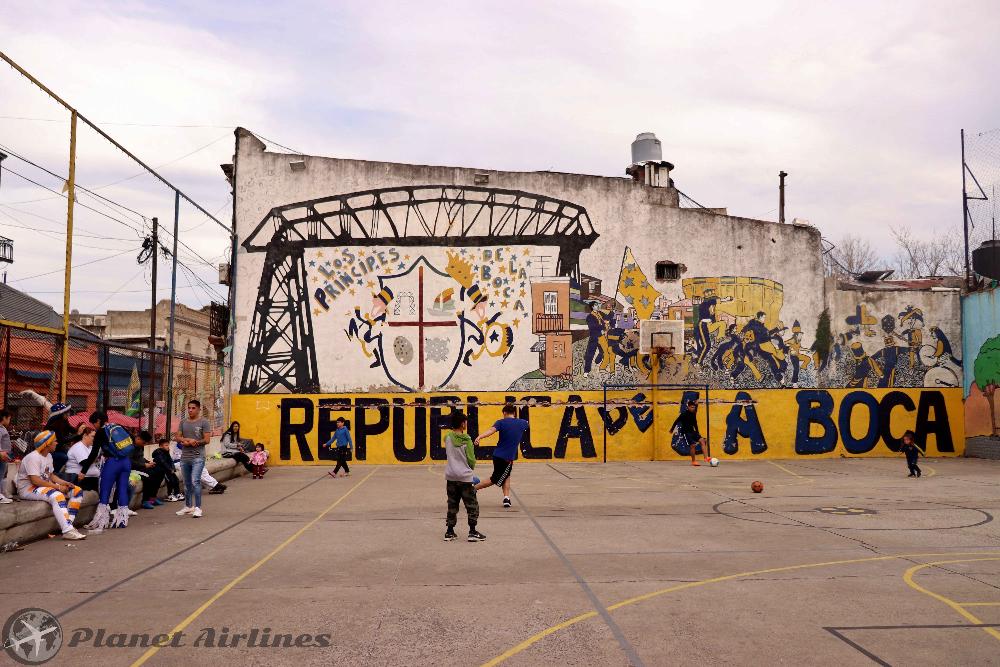
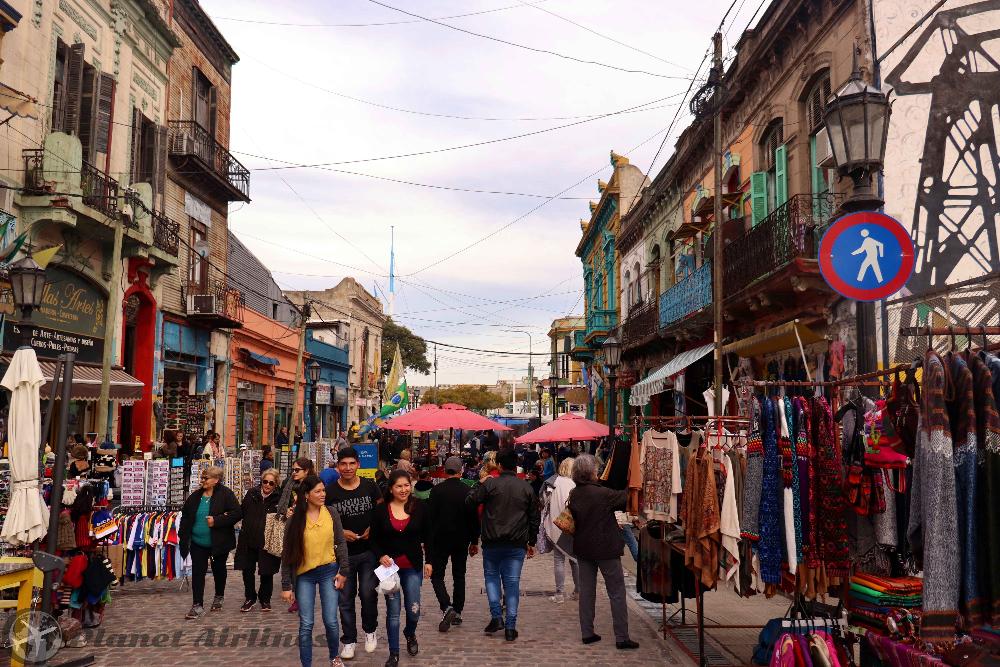



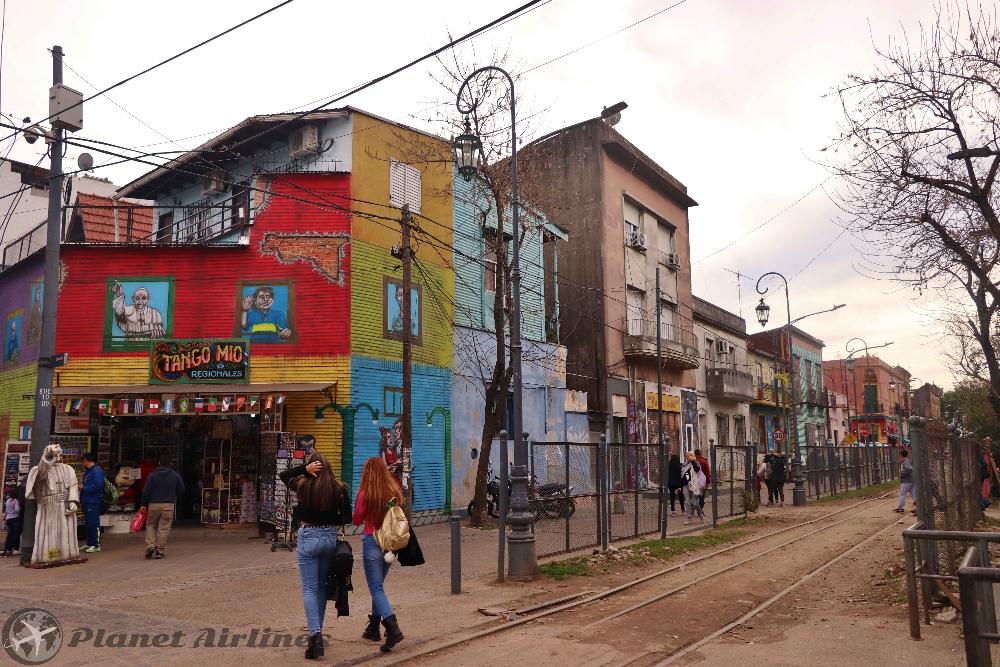

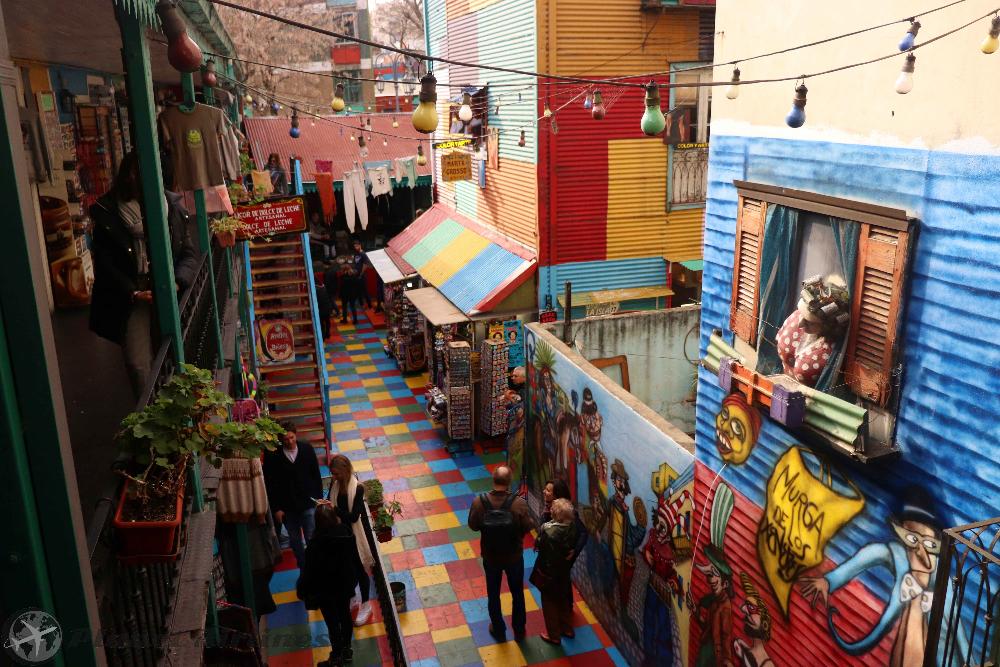
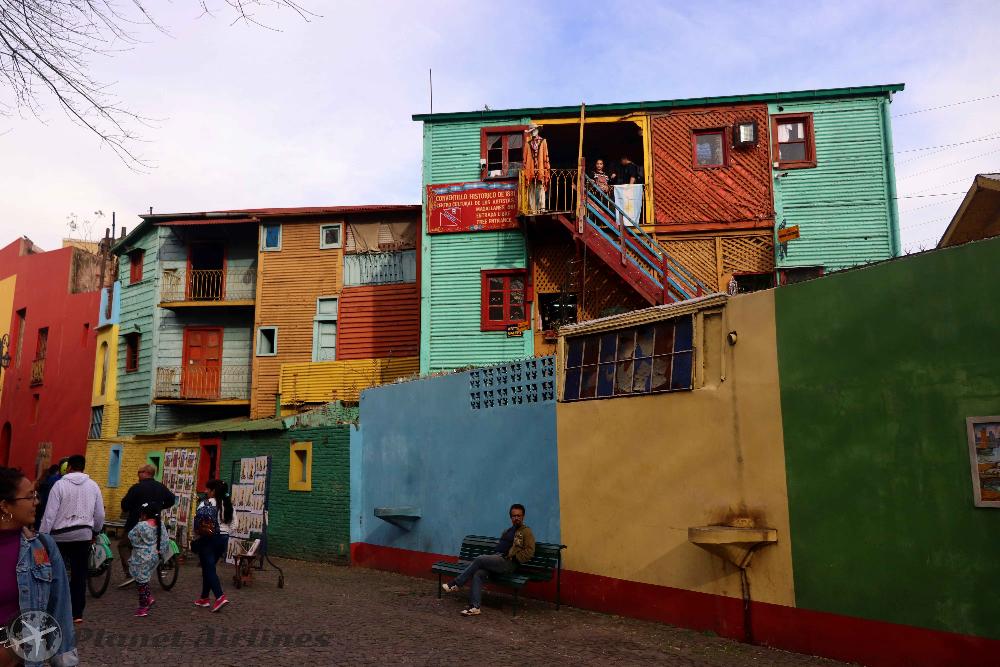

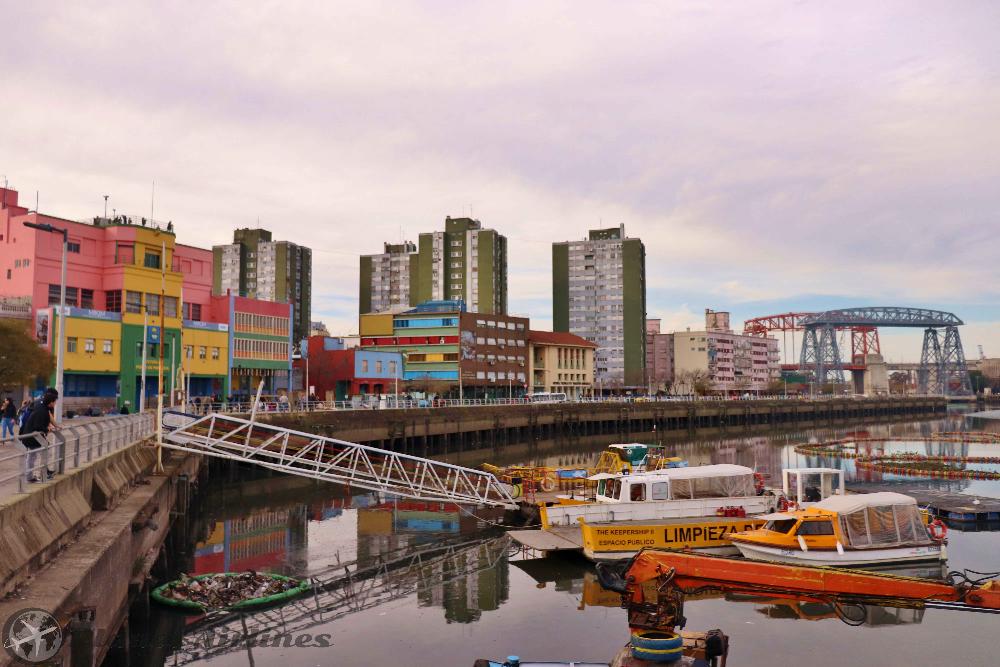

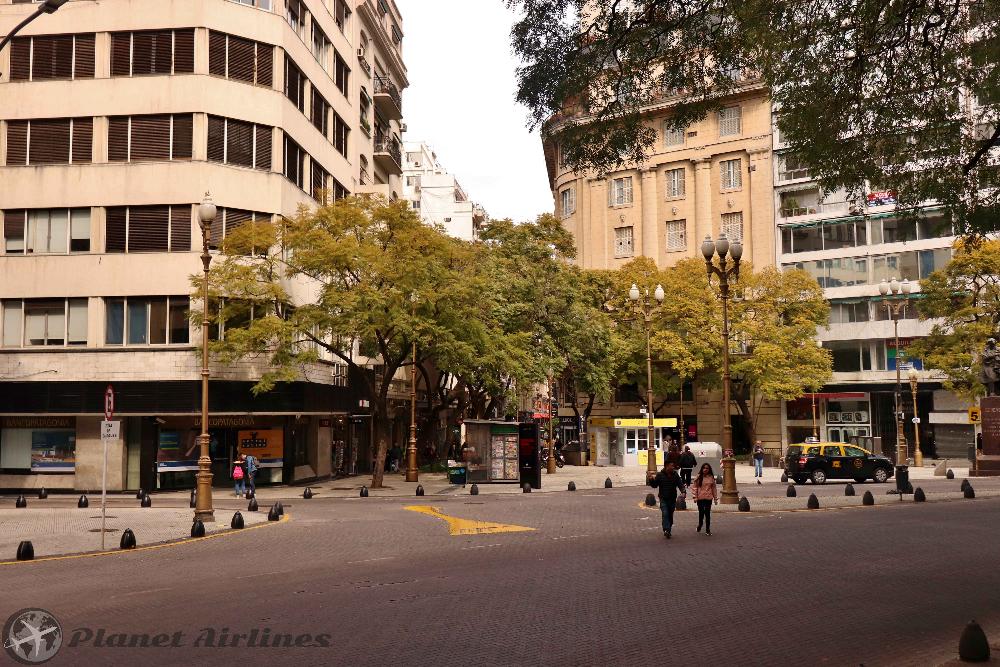

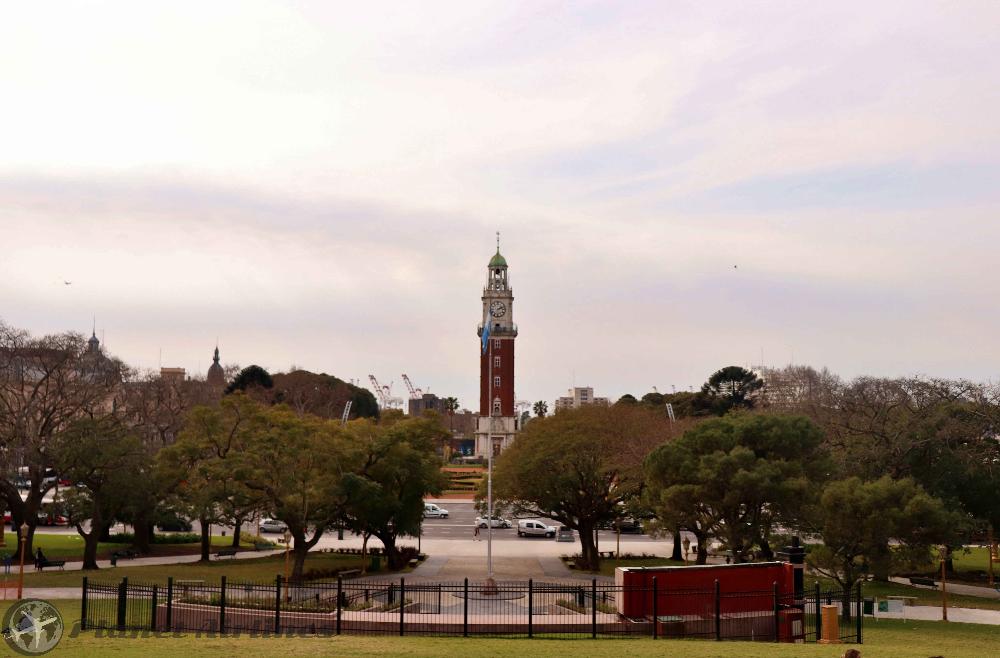
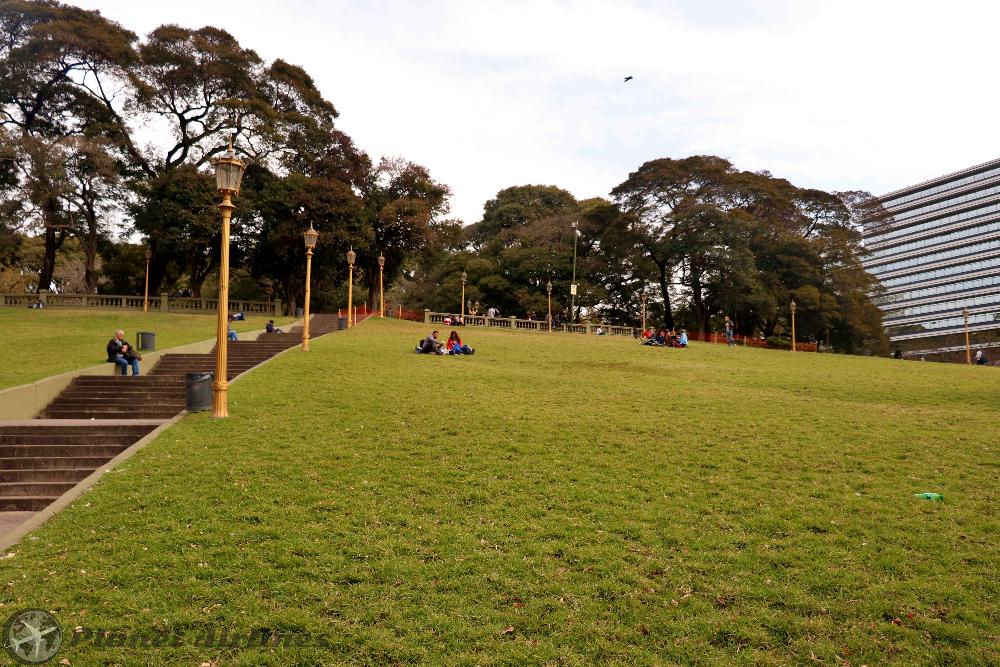
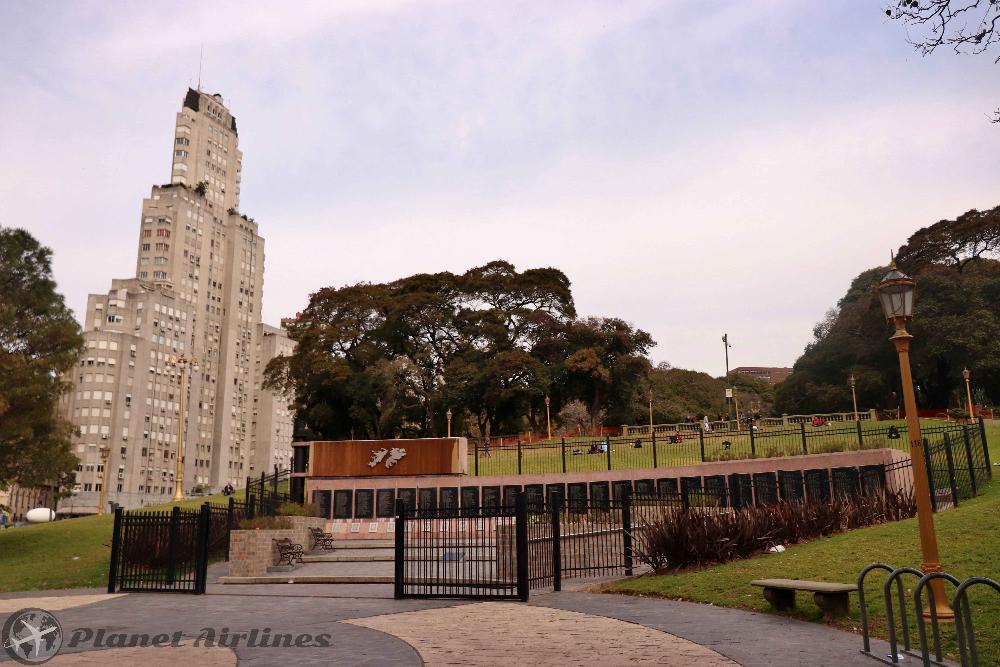
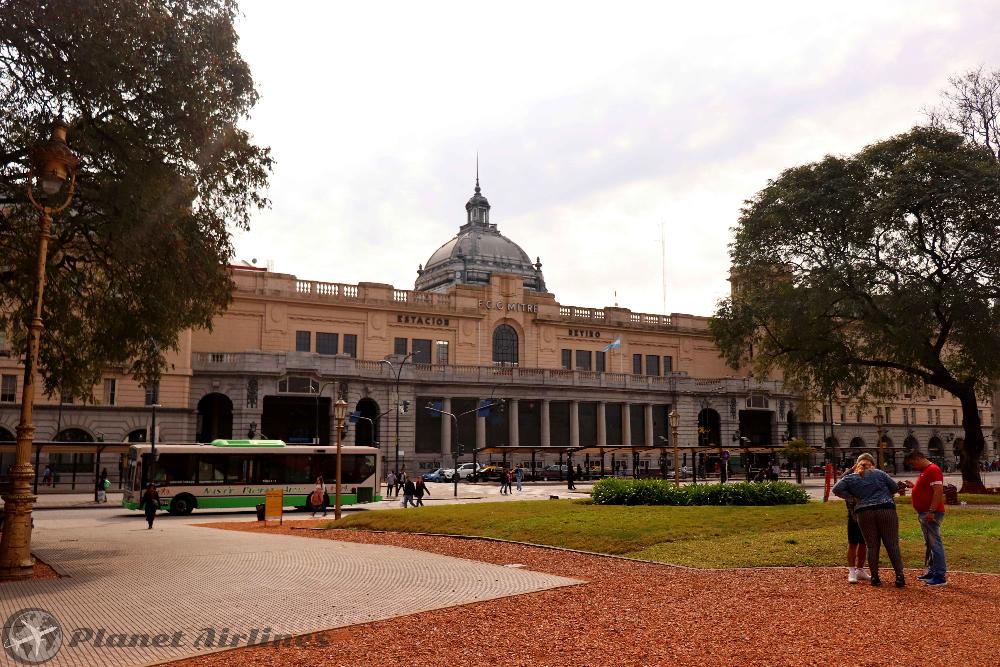


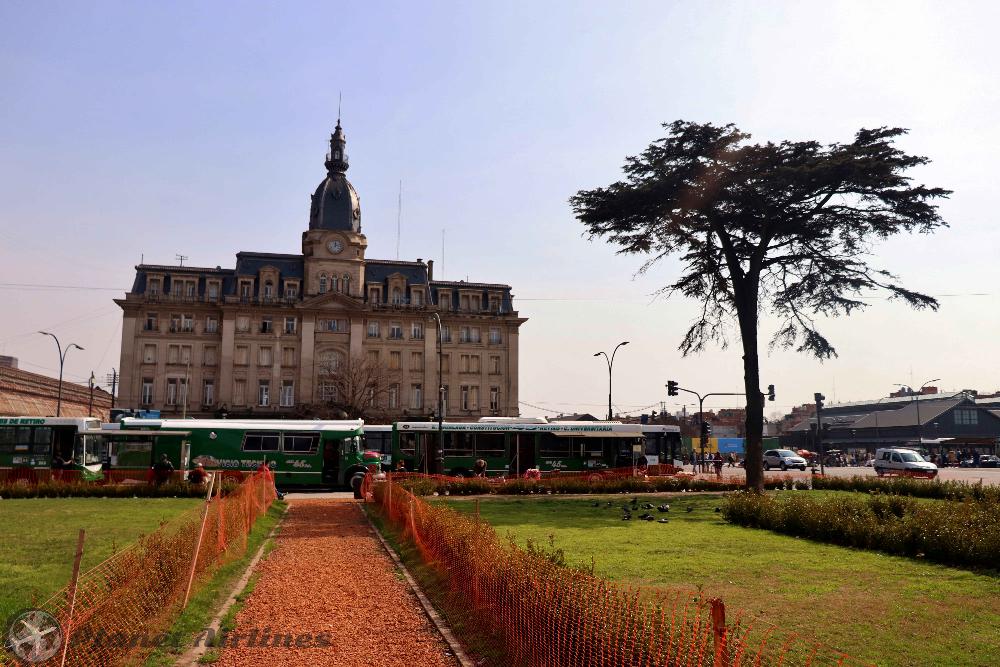
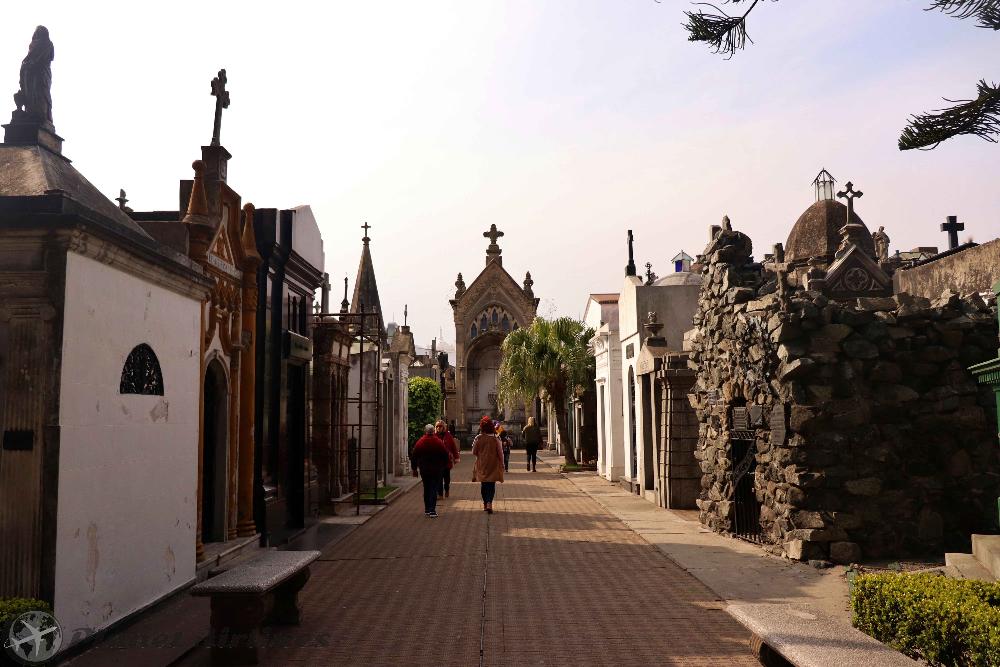
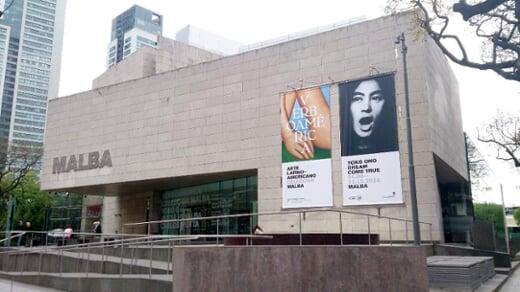

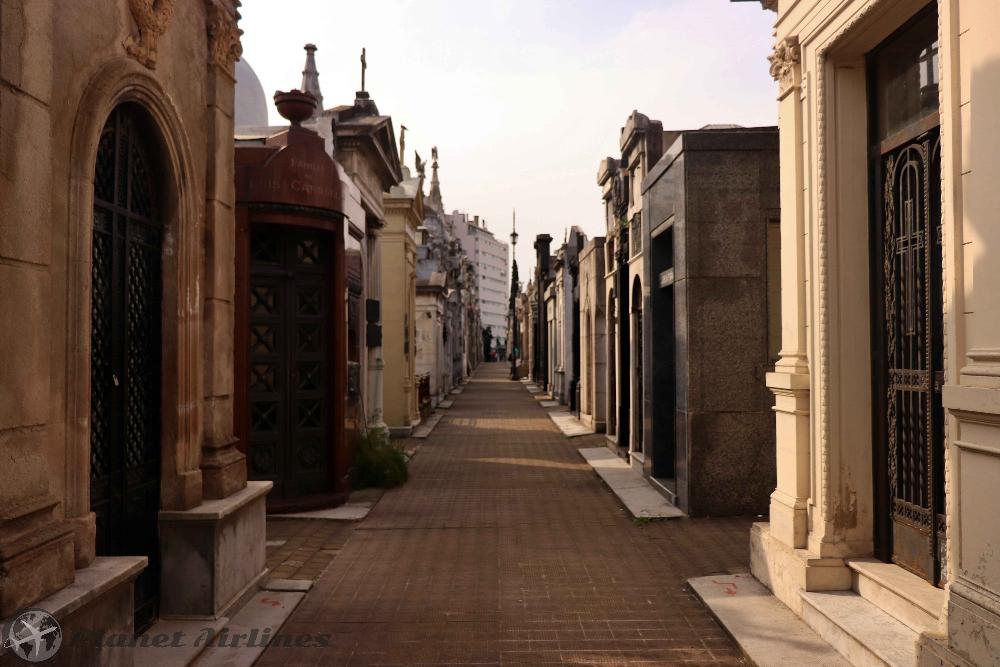
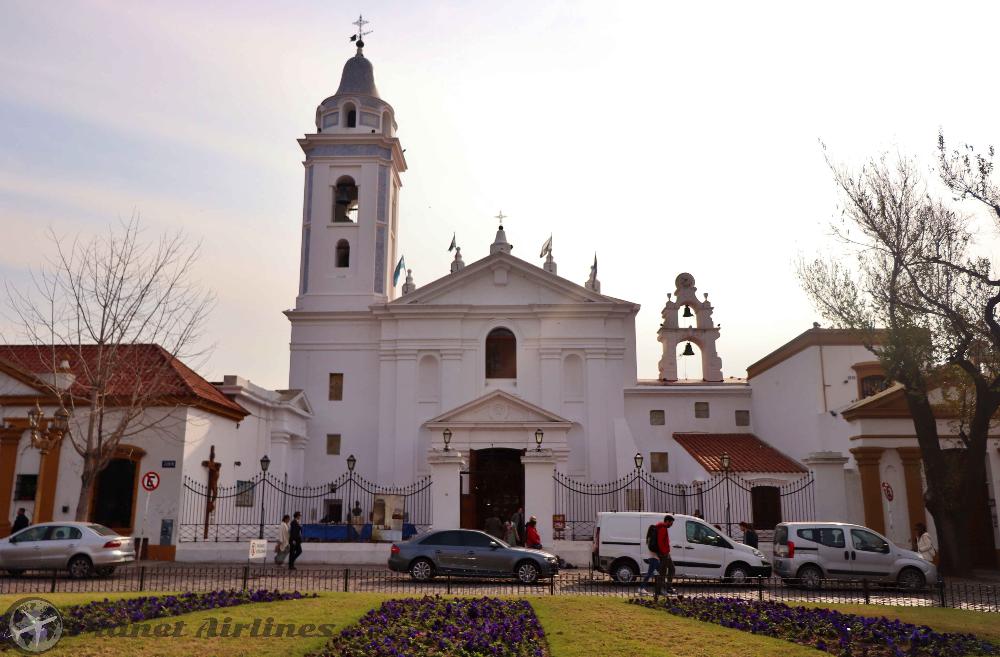

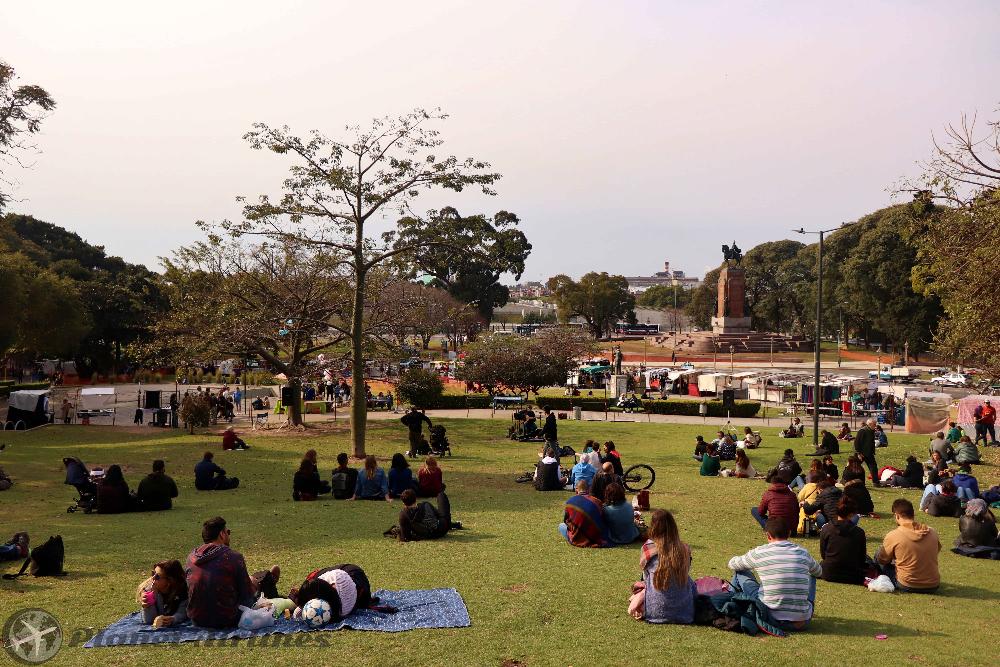

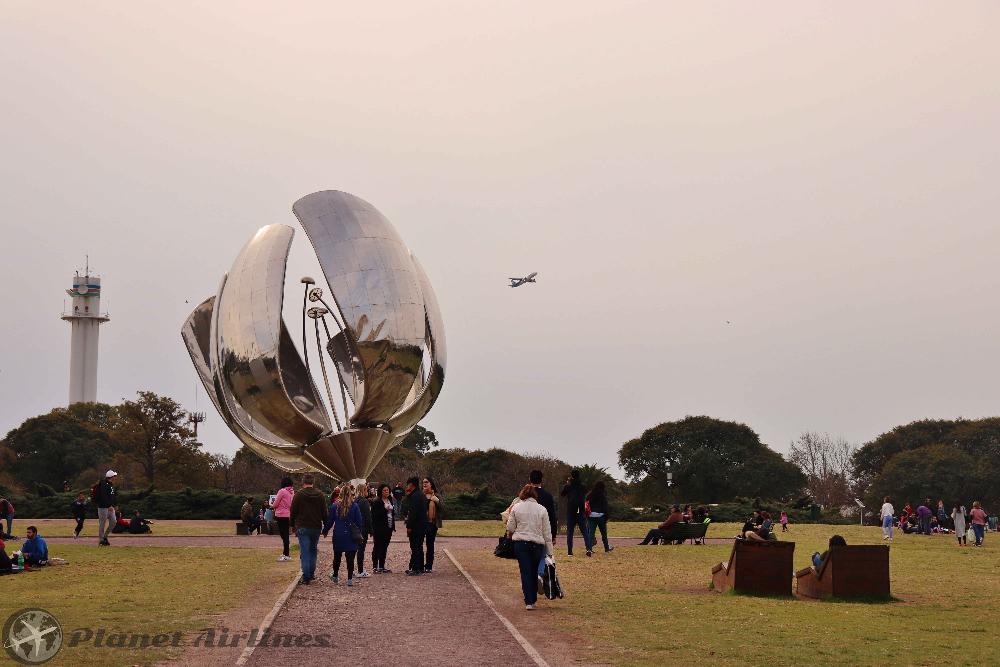
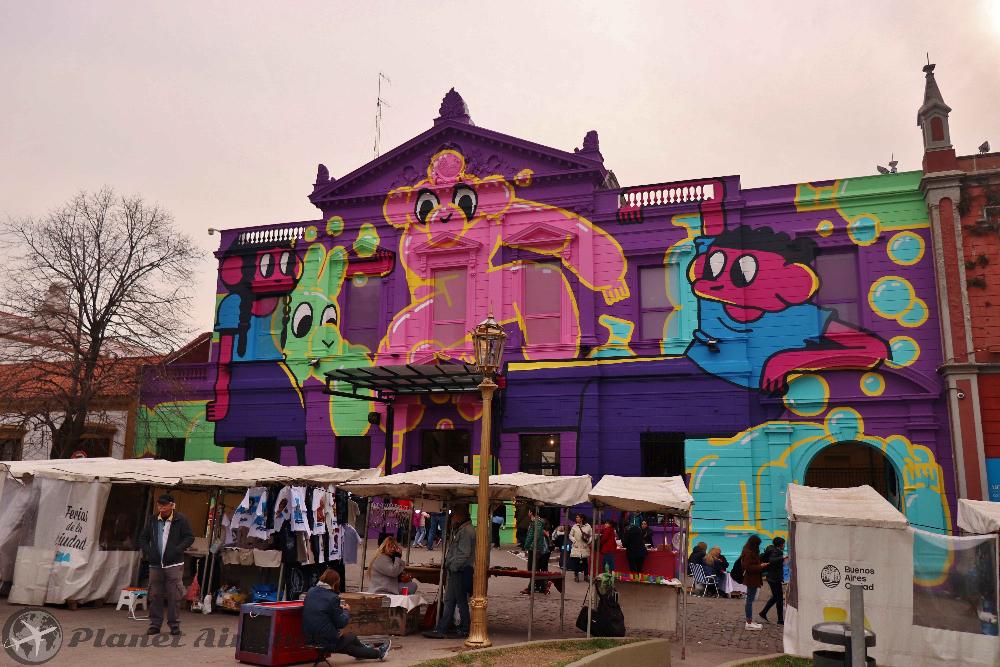
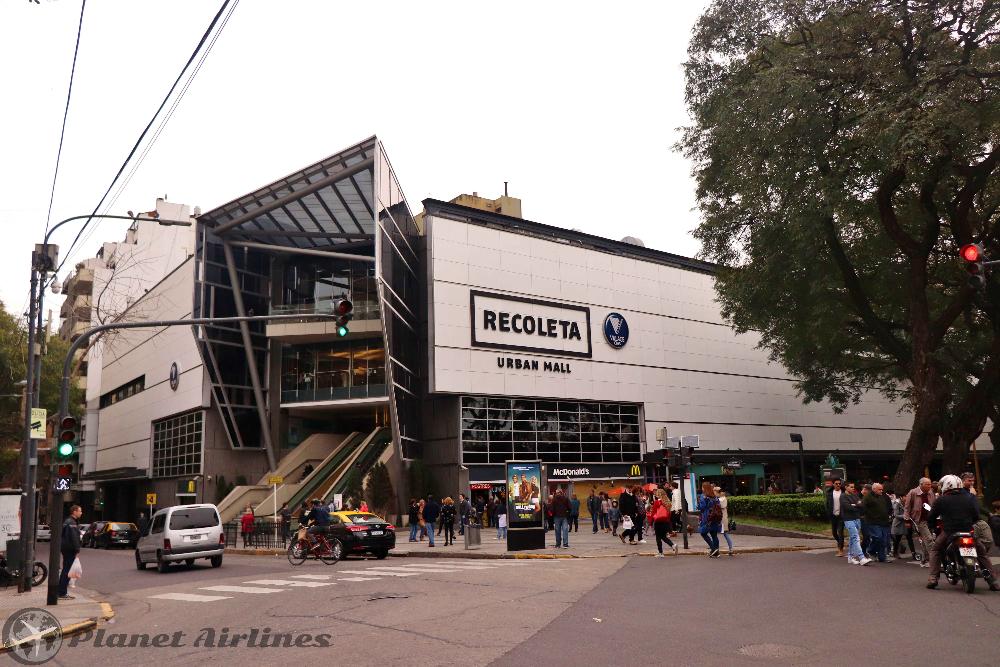
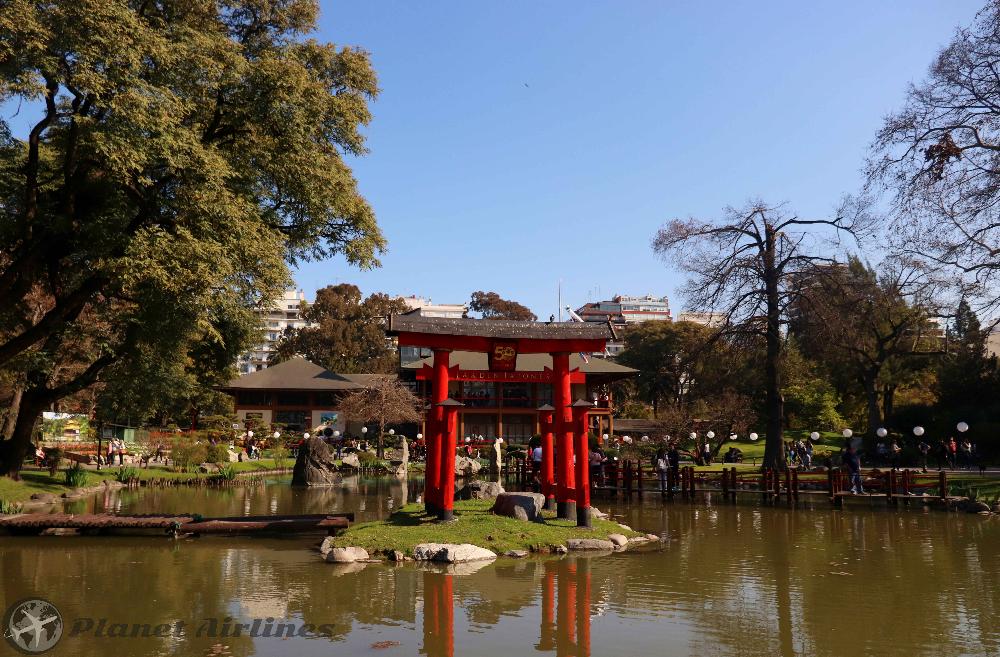
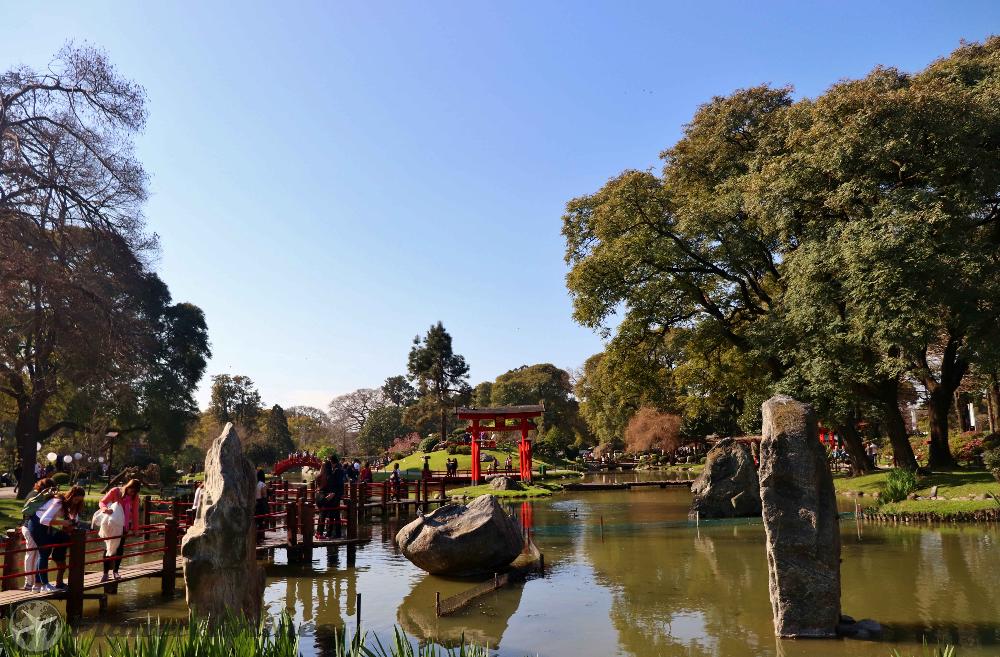
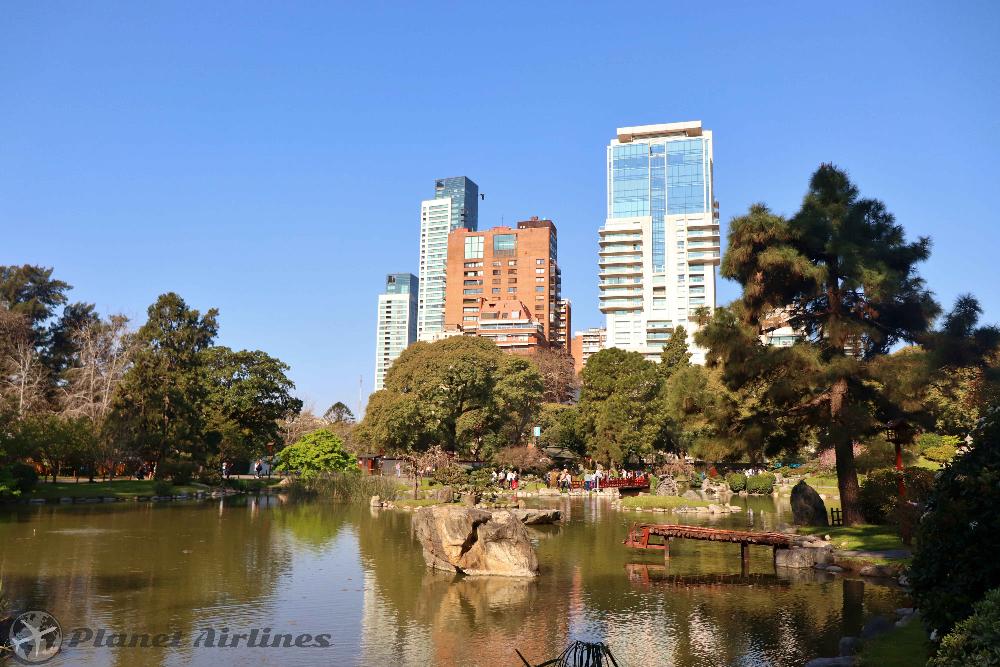
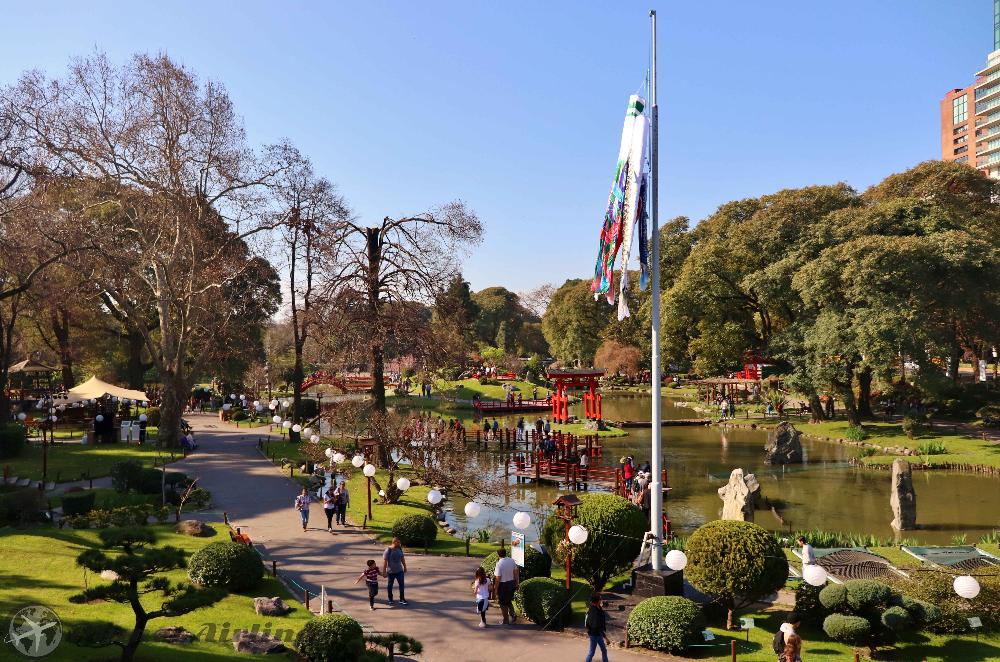
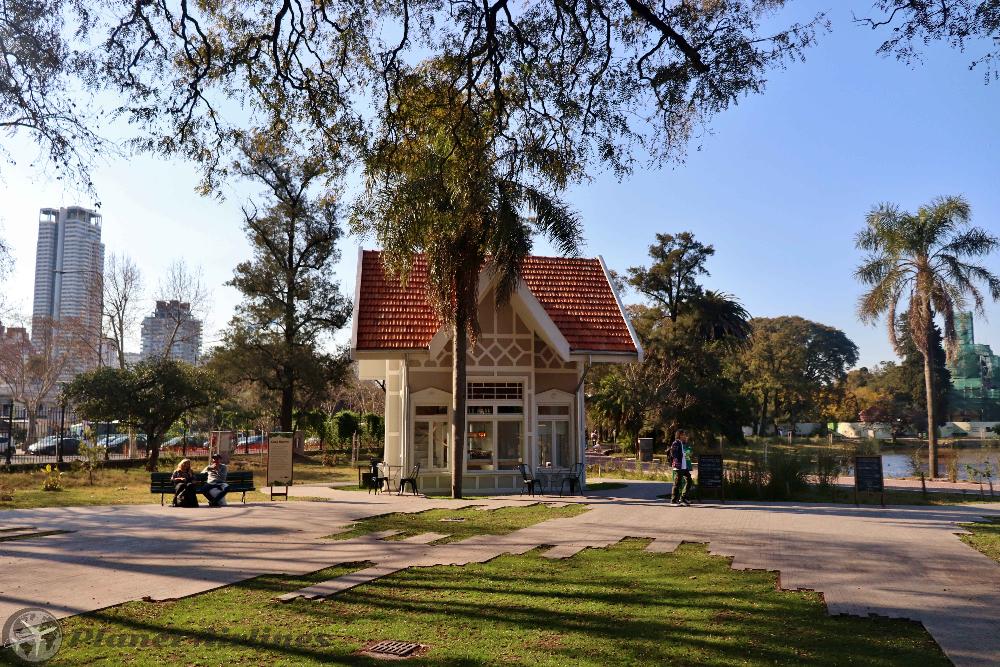

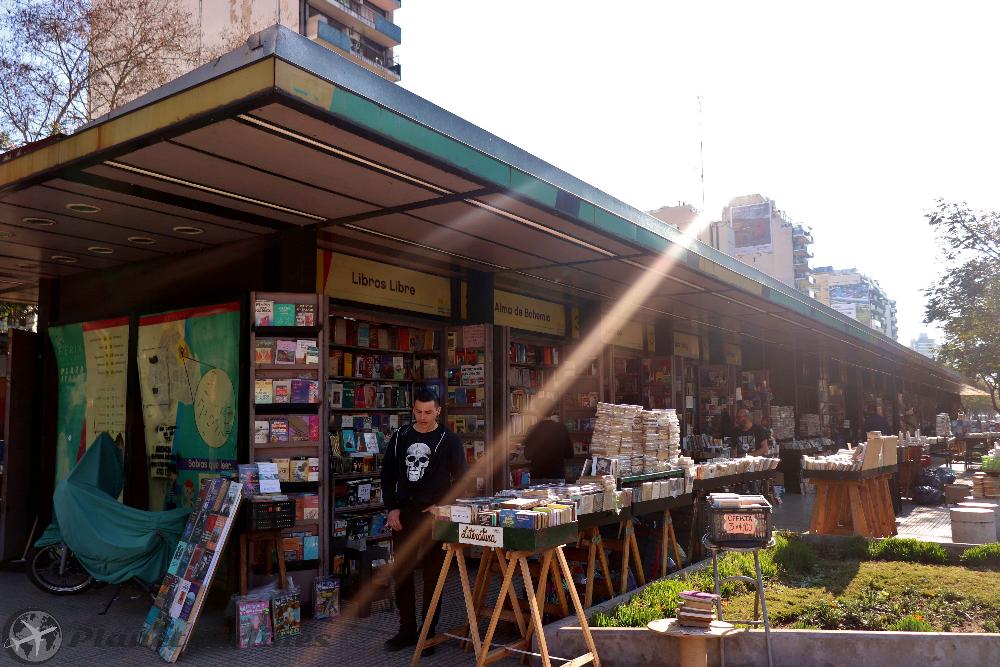
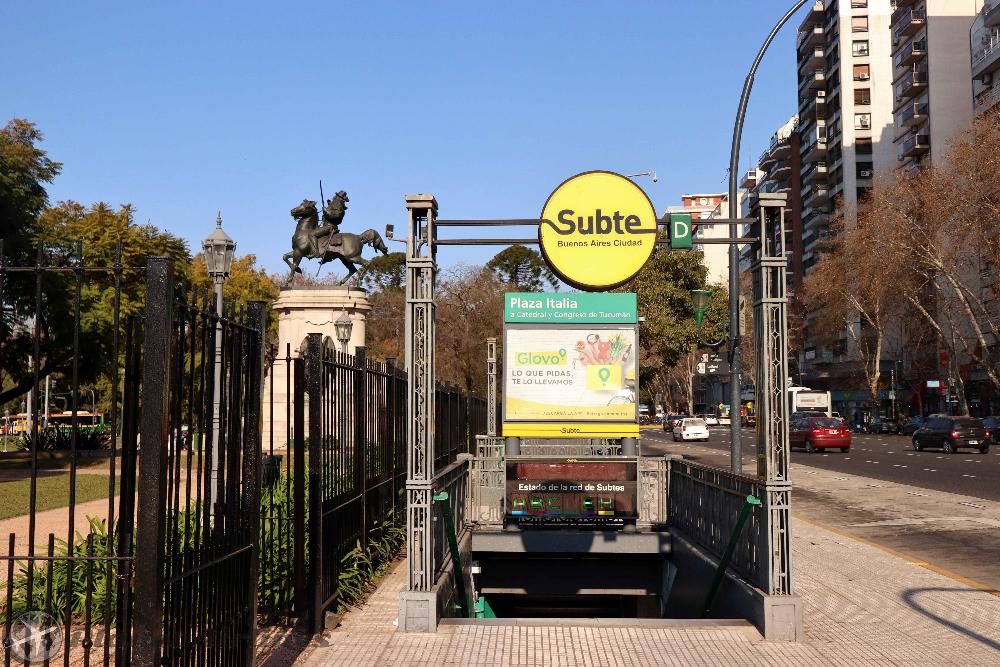
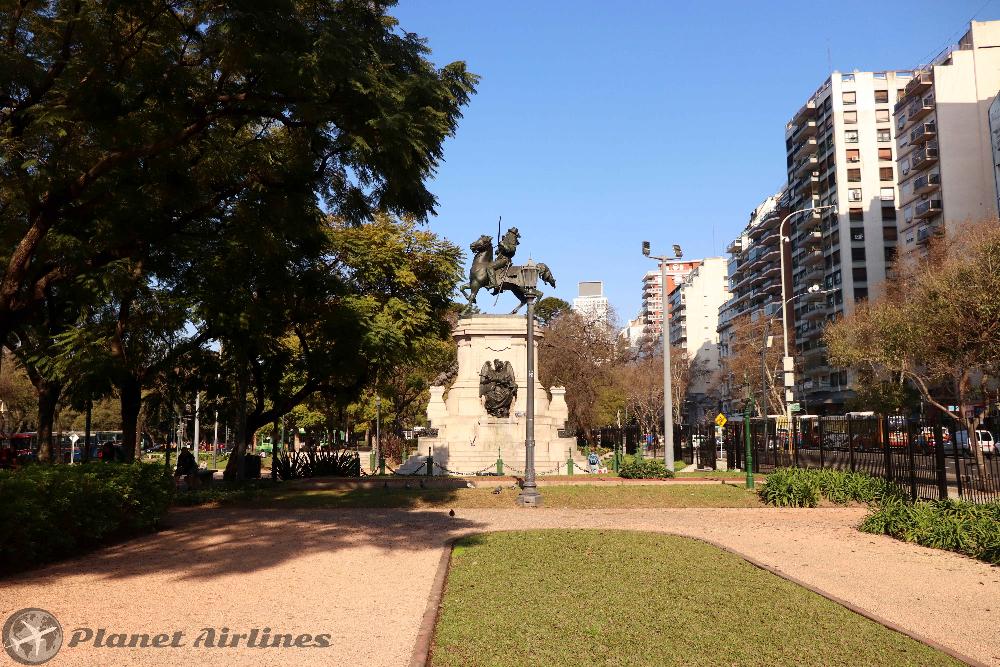
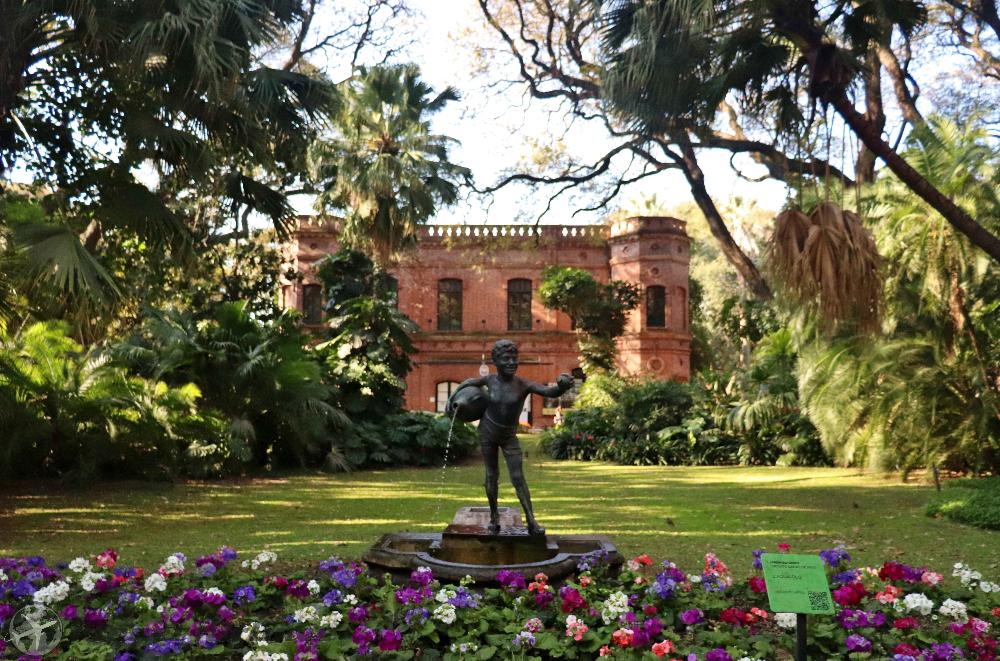
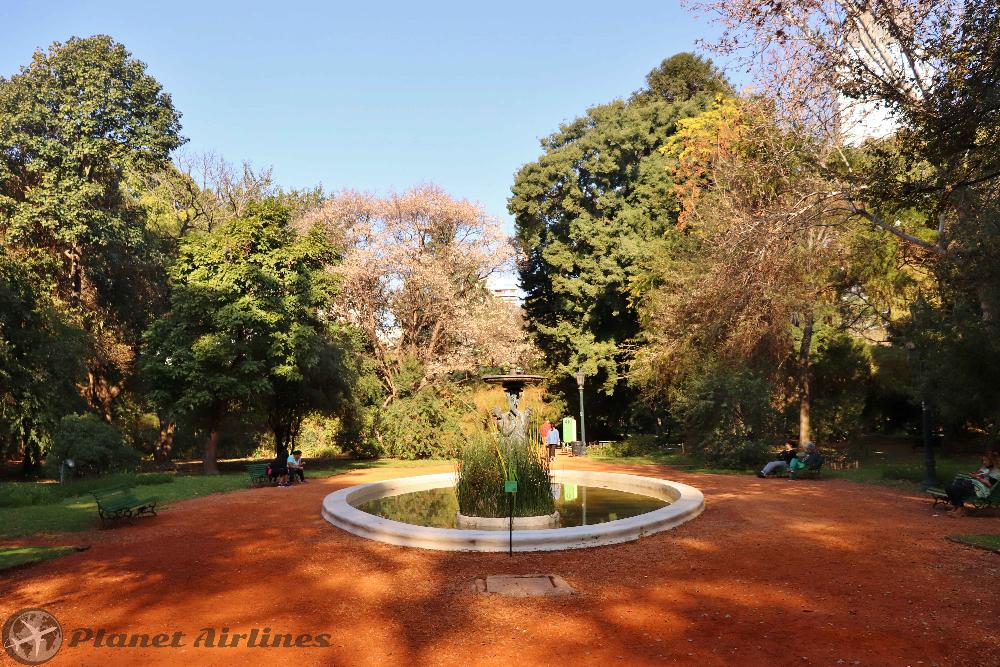


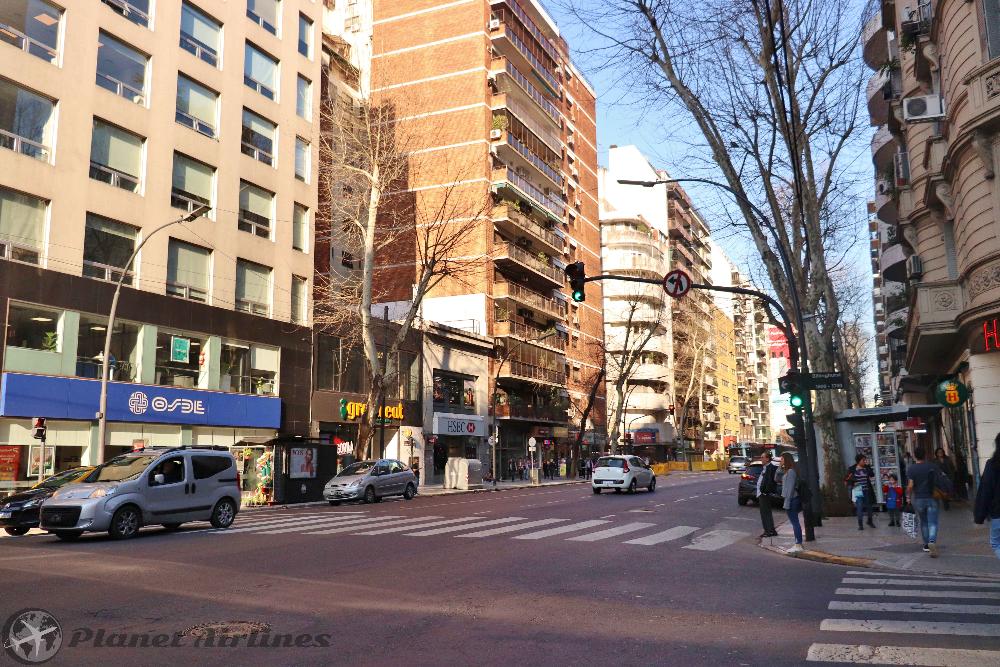

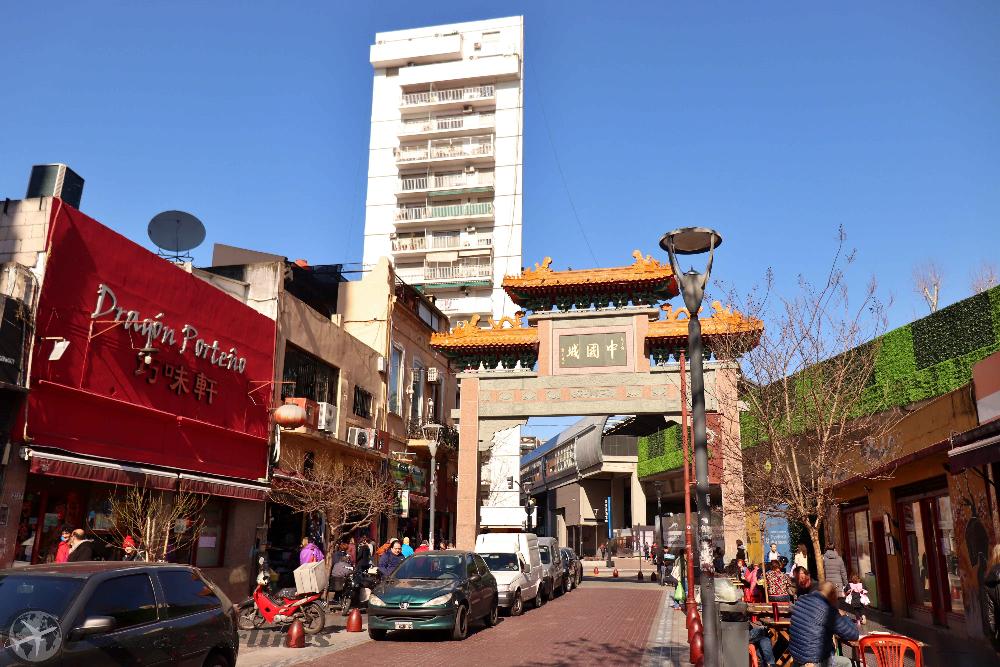
































.png)